BCN remembers Timothy George Whitworth (31-vii-1932 17-iv-2019)
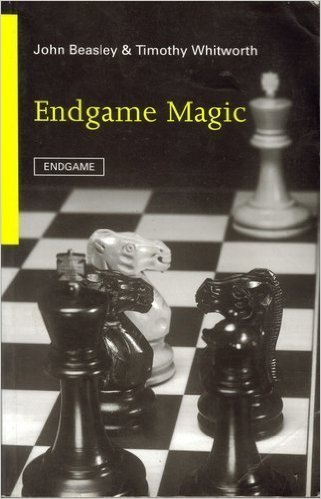
Here is an excellent article from Brian Stephenson
and here is an appreciation by John Beasley
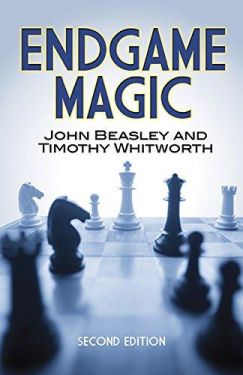
Here is an obituary from The Guardian
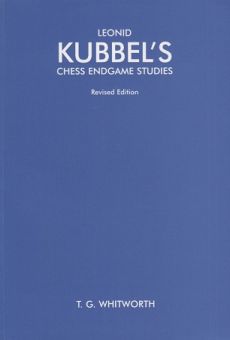
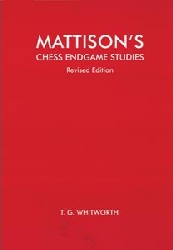
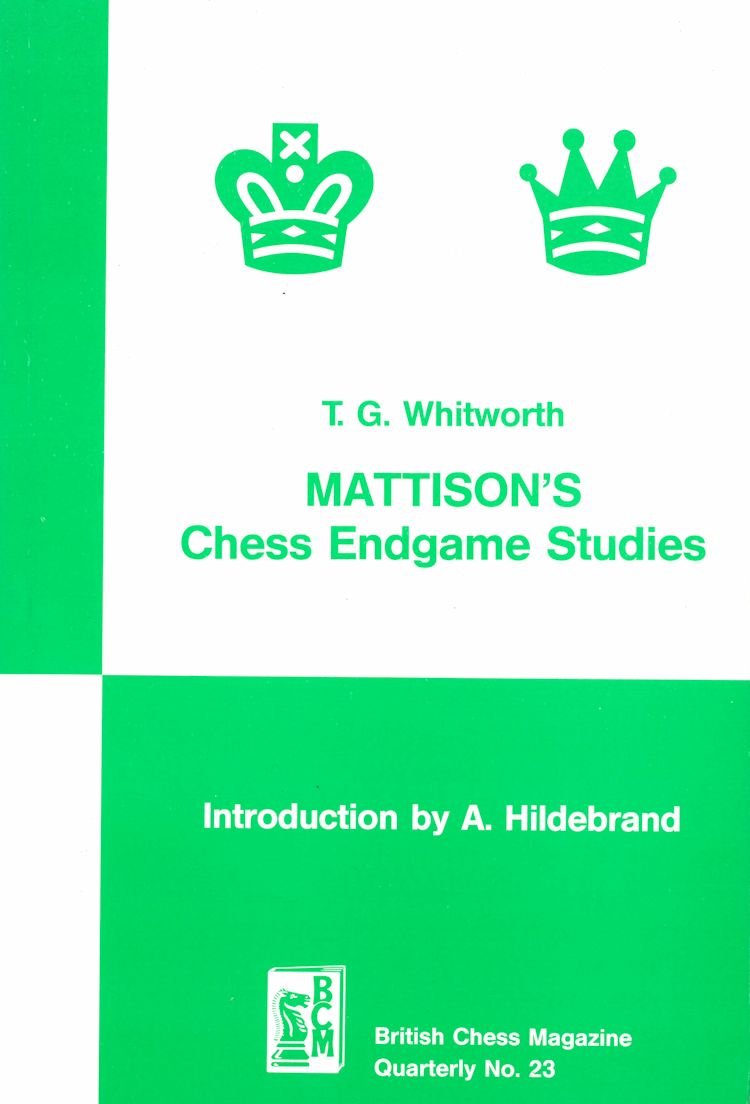
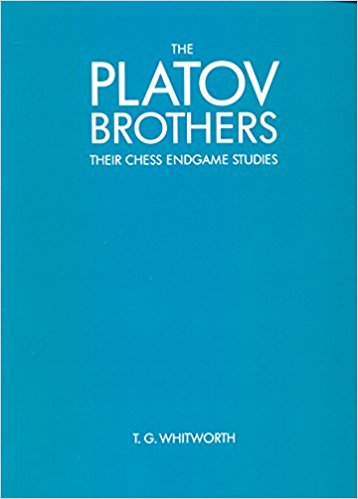
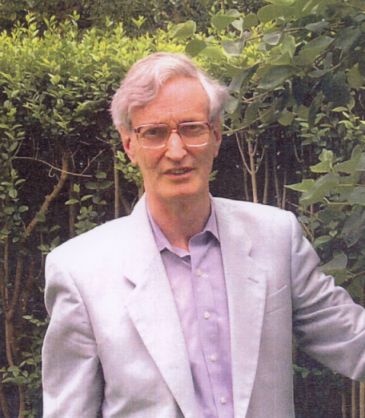

BCN remembers Timothy George Whitworth (31-vii-1932 17-iv-2019)

Here is an excellent article from Brian Stephenson
and here is an appreciation by John Beasley

Here is an obituary from The Guardian






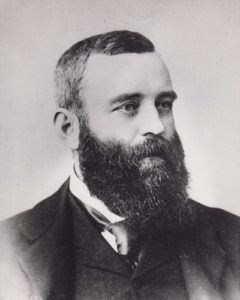
BCN remembers Herbert William Trenchard (08-ix-1857 15-iv-1934)
From Wikipedia :
“Herbert William Trenchard (8 September 1857, Thorncombe – 15 April 1934, London) was an English chess master.
He took 11th and tied for 4-5th in London in 1886, shared twice 3rd at Cambridge 1890 and Oxford 1891, tied for 4-5th at Brighton 1892, took 2nd at London 1892 (B tourn), tied for 3rd-4th at Woolhall Spa 1893, and took 3rd at London 1896,[1]
He also participated at Vienna 1898 (Kaiser-Jubiläumsturnier, Siegbert Tarrasch and Harry Pillsbury won) and took 19th place there.[2][3]”
Here is a fascinating article about the National Liberal Club Chess Circle

Birthday of FM Erik Oskar Michael Charles Teichmann (11-iv-1961)
Erik was born in Westminster, London, his mother Jenny (née Jorgensen) being Danish and his father was Max Teichmann (thanks Richard James!). Jenny Teichman was a Philosopher.
They lived in London for two years and then emigrated to Melbourne, Australia until Erik was six when Erik and his mother moved to Cambridge, England. Erik played much chess in England including the British U-18 and U-21 championships, Lloyds Bank events.
This was written about Erik when he was 17 just prior to the Spassky vs the BCF Junior Squad simultaneous display :
“Perse School and Cambridge city. Rating 190. Cambridgeshire men’s champion. 2nd British under-18 championship, 1978.”
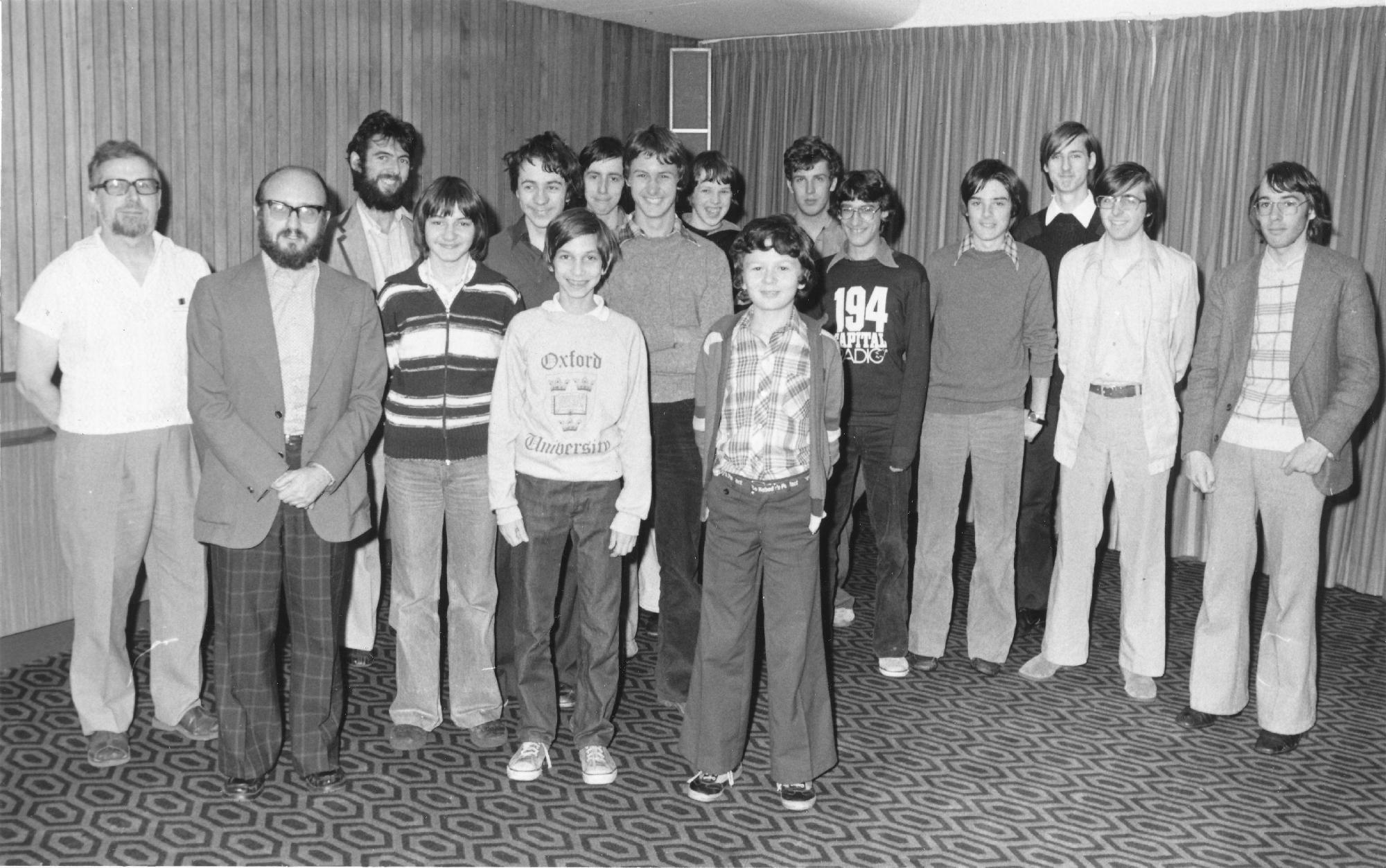
and the Islington, Lewisham, Charlton and other opens swisses. Erik played for Oxford University (Magdalen College) in the 1982 (100th) Varsity Match drawing with Gareth Anthony (Trinity Hall).
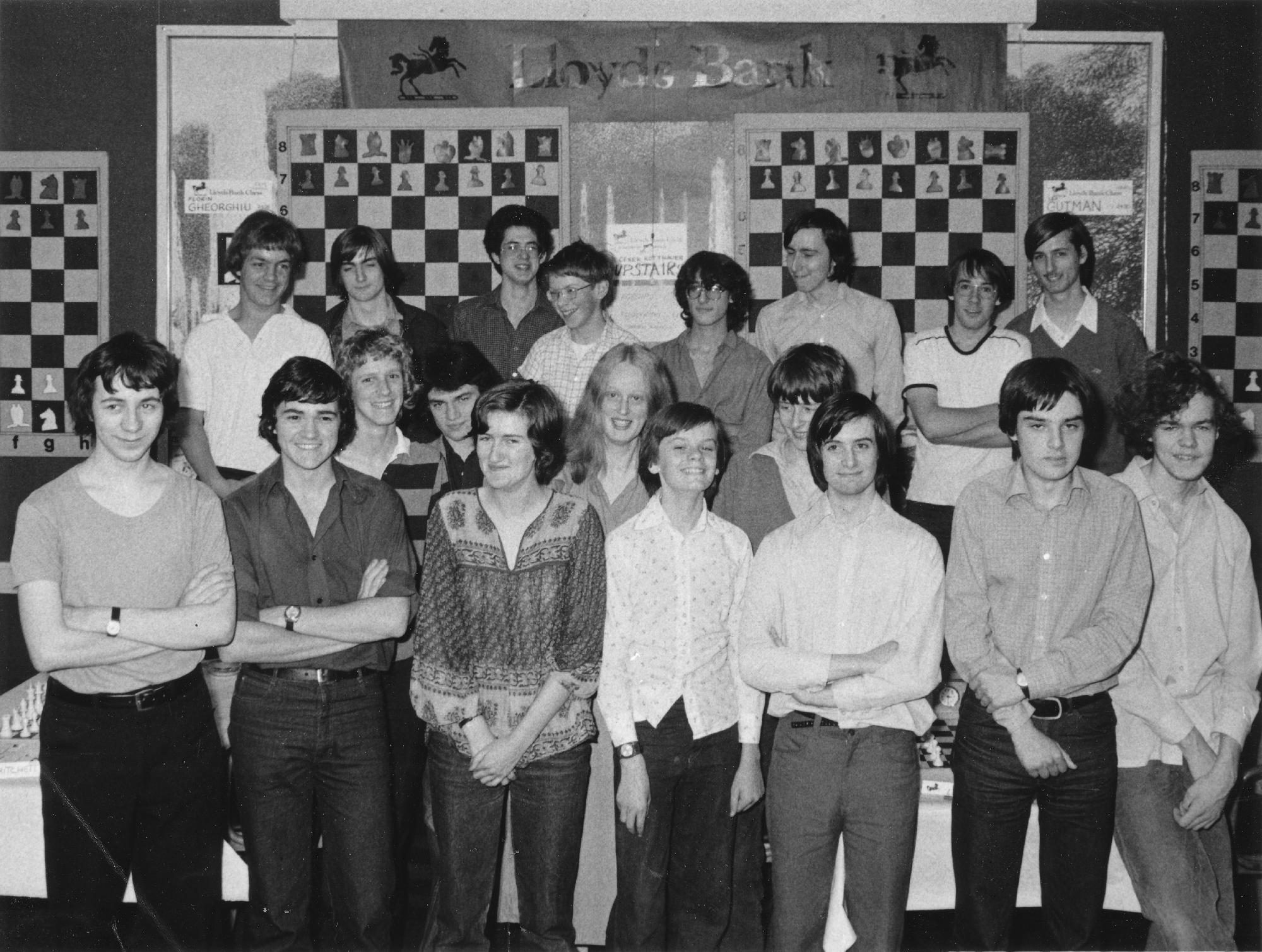

In 1985 Erik emigrated once more to Australia living in Eltham, Melbourne and became a lifestyle guru and coach.
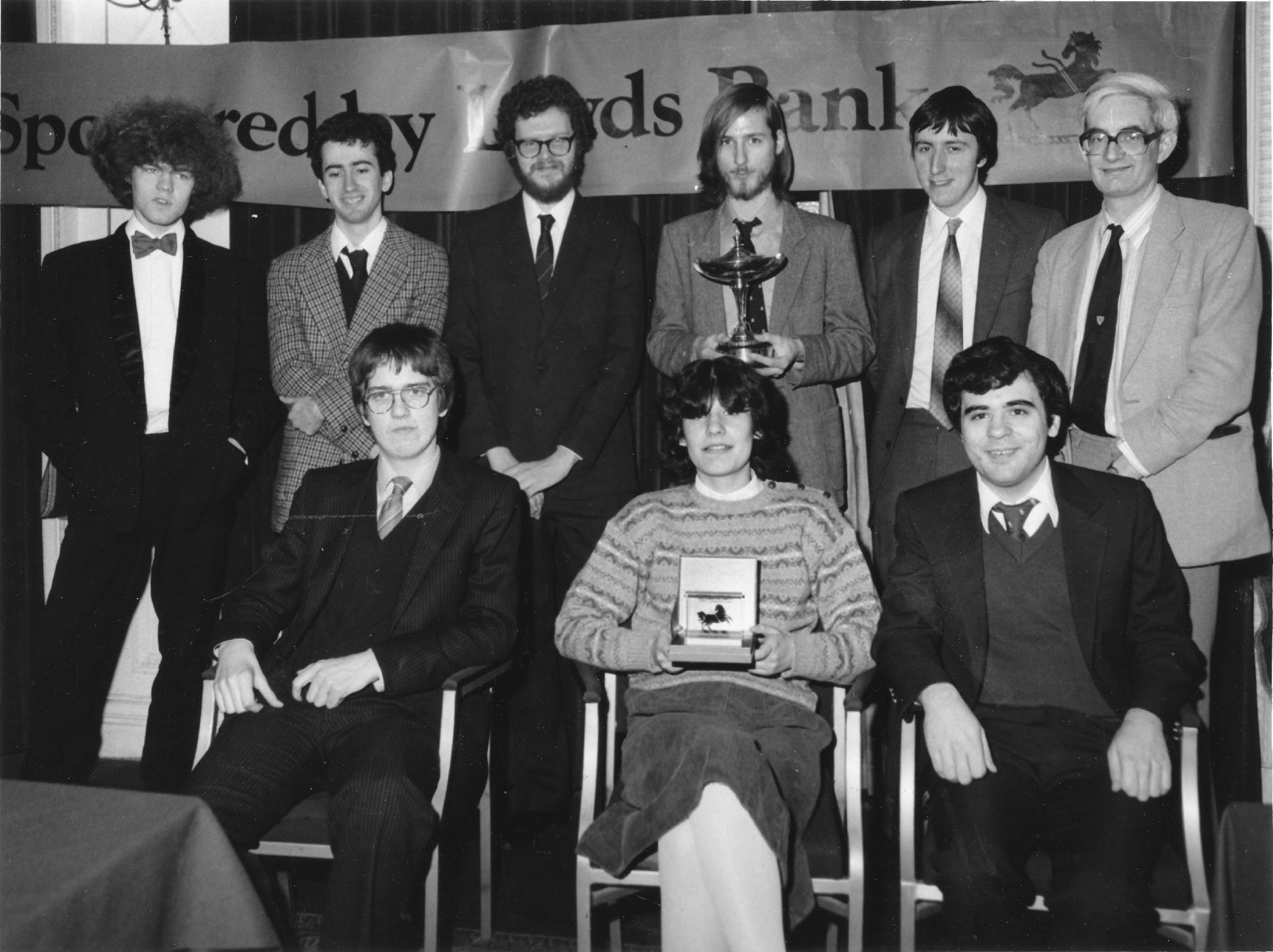
Erik became a FIDE Master in 1990 and his peak rating was 2388 in July 2010.
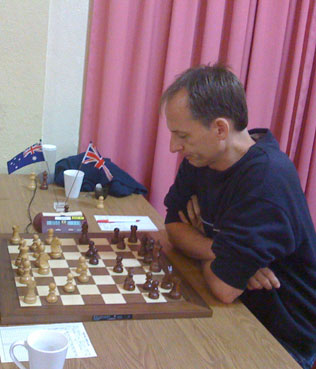
From Chessgames.com :
“FIDE Master Erik Oskar Michael Charles Teichmann won the Nova Scotia Open in 1999.”
Here is Erik’s favourite game :
Erik now lives in Lyon, France with his girlfriend, both being Buddhists.
Erik has been faithful to the Polish or Sokolski Opening and anyone contemplating playing this should study his games. Erik very recently played Tony Kosten in France and maybe we will see him on our shores once more to play in 4NCL !
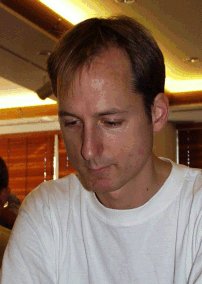
BCN remembers Henry Edward Bird who passed away this day, April 11th in 1908.
From The Oxford Companion to Chess by David Hooper & Ken Whyld :
“English player, accountant. He played in 13 strong tournaments, with erratic results; his best achievements were: Vienna 1873, a tie with L. Paulsen for fifth place; Paris 1878, fourth place shared with Mackenzie; Manchester 1890. third prize shared with Mackenzie after Tarrasch and Blackburne. He also played in numerous minor tournaments, notably tying with Gunsberg for first prize at London 1889. His most important match was against Steinitz in 1866 for the first to win eleven games. He was adjudged the loser when he was
called to the USA on business, the score standing +5 = 5—7 in favour of his opponent. This was a creditable result in the circumstances, for he played each game after a day’s work (Steinitz, however, was not so strong a player as he later became.) In 1886 Bird drew a match with Burn(+ 9—9). One of the most ingenious tacticians of his time, Bird played in the attacking style prevalent in his youth. He usually chose openings that were regarded as bizarre, although many of them, e.g. the Dragon Variation, have since gained acceptance.
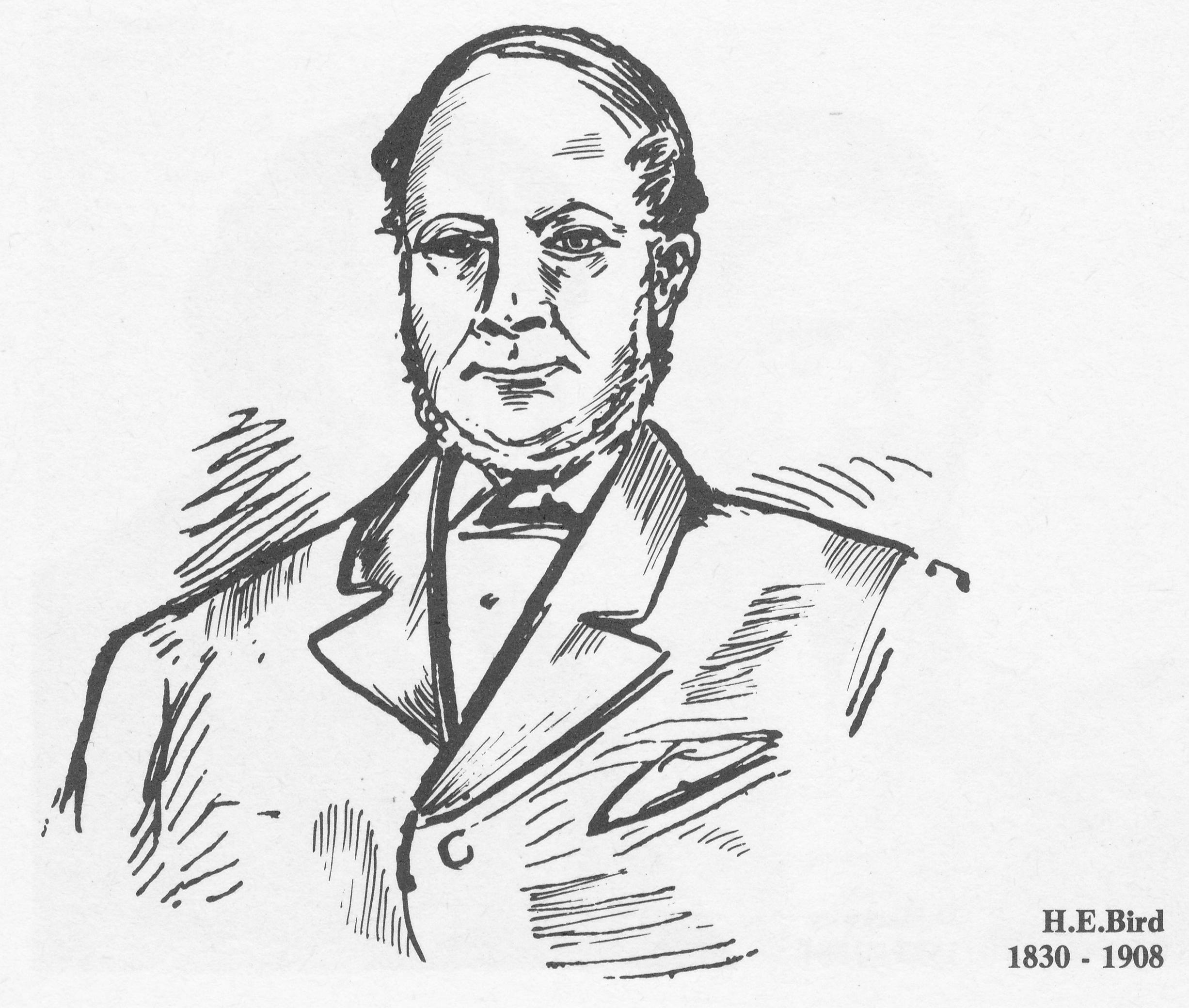
Bird was probably the best known and longest serving habitue of the London coffee-house known as Simpson’s Divan. ‘A rosy-cheeked, blue-eyed, fair-headed boy’, he first attended around 1846 and was a constant visitor for more than 50 years, after which he was described as ‘majestic in stature, in girth, in the baldness of his great head, less majestic in the litter of tobacco ash upon his waistcoat … with a pleasant smiling countenance’. He suffered from gout which eventually so incapacitated him that he was largely confined to his home for the last years of his life.
Besides writing booklets on railway finance he wrote several books on chess. They are not without interest although the content is sometimes inaccurate and often disorganized. Bird’s Modern Chess and Chess Masterpieces (1887) contains more than 200 games, about half of them his own. Chess History and Reminiscences (1893) contains an account of contemporary players and chess affairs.
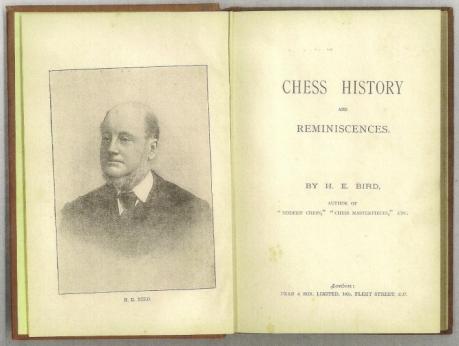
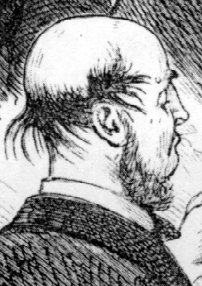
Bird-Mason New York 1876 French Defence, Exchange Variation :
For this game Bird was awarded the BRILLIANCY PRIZE.
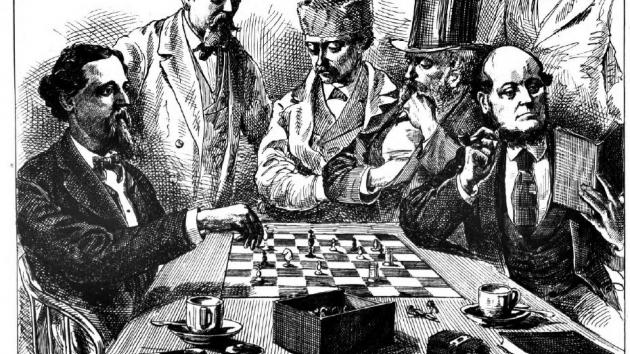
The Bird Attack is variation in the Italian opening strongly advocated by Stamma and no less strongly by Biro. In May 1843 saint-Amant played it against Staunton in their first match and five years later Bird adopted the variation, playing it in many tournaments, notably with fair success at Vienna 1882, London 1883, and Nuremberg 1883.
The Bird Defence, a reply to the Spanish opening given in the first edition of Bilguer’s Handbuch, 1843. Pioneered by Bird, e.g. against Anderssen in 1854, and used on occasion by grandmasters such as Tarrasch, Spielmann, and Spassky, this defence has not gained wide acceptance.
The Bird Opening, sometimes called the Dutch Attack by analogy with the Dutch Defence. In 1873, after an absence of six years from chess, Bird played a match with Wisker. ‘Having forgotten familiar openings, I commenced adopting KBP for first move, and finding it led to highly interesting games out of the usual groove, I became partial to it. ’ Bird had also forgotten unfamiliar openings, for
1 f4 (given by Lucena) had been played by Bourdonnais, Williams, and others of that period. However Bird’s consistent adoption of the move led to its becoming a standard opening, although
never popular.
From Wikipedia :
Henry Edward Bird (Portsea in Hampshire, 14 July 1830 – 11 April 1908) was an English chess player, and also an author and accountant. He wrote a book titled Chess History and Reminiscences, and another titled An Analysis of Railways in the United Kingdom.
Although Bird was a practicing accountant, not a professional chess player, it has been said that he “lived for chess, and would play anybody anywhere, any time, under any conditions.”
At age 21, Bird was invited to the first international tournament, London 1851. He also participated in tournaments held in Vienna and New York City. In 1858 he lost a match to Paul Morphy at the age of 28, yet he played high-level chess for another 50 years. In the New York tournament of 1876, Bird received the first brilliancy prize ever awarded, for his game against James Mason.
In 1874 Bird proposed a new chess variant, which played on an 8×10 board and contained two new pieces: guard (combining the moves of the rook and knight) and equerry (combining the bishop and knight). Bird’s chess inspired José Raúl Capablanca to create another chess variant, Capablanca Chess, which differs from Bird’s chess only by the starting position.
It was Bird who popularized the chess opening now called Bird’s Opening (1.f4), as well as Bird’s Defense to the Ruy Lopez (1.e4 e5 2.Nf3 Nc6 3.Bb5 Nd4). Bird’s Opening is considered sound, though not the best try for an opening advantage. Bird’s Defense is regarded as slightly inferior, but “trappy”.
According to Edward Winter Bird lived at these addresses :
A biography by Thomas Seccombe, revised by Julian Lock appears in The Oxford Dictionary for National Biography
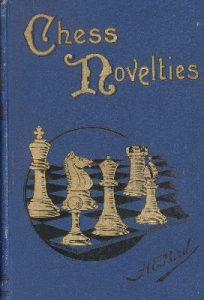
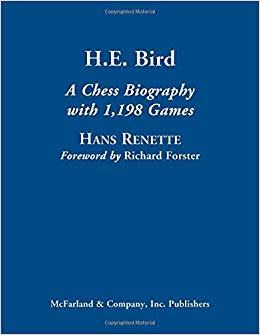

BCN Remembers Julius du Mont (15-xii-1881 07-iv-1956
From British Chess Magazine, Volume LXXXVI, Number 5, 1956 we have this obituary written by DJ Morgan :
In our February issue we wrote an appreciation of one of the distinguished past editors of this magazine, R. C. Griffith. He had been followed in the chair in 1938 by our present Games’ Editor, and when he, in turn, was called in 1940 to sterner duties, he was succeeded by Julius du Mont. During the war years, and through the difficult post-war period, till 1949, he held the reins. As we wrote on another occasion, “His had been difficult years: the “B.C.M.” had survived when so much else had succumbed during the stress and strain of total war.” lt is with regret that we now record his death on April 7th, in a Hastings nursing home, at the age of seventy-four, after a protracted illness.
du Mont was born in Paris-a little-known fact which he himself once disclosed to us-on December 15th, 1881. lt was there also that he received his education. His early bent and ambitions were musical. The tradition that chess and music have a close relationship may be traced as far back, at least, as Philidor’s great eminence in both. du Mont was truly in the line of such dual personalities. He pursued his musical studies at the Frankfort-on-Main Conservatoire and at Heidelberg, and soon became established as a concert pianist.’ Later he achieved great success as a music teacher, and among his pupils was the well-known concert pianist, Edna lles. The French and German background also explains his facility as a linguist.
He came to England as a young man and brought with him a considerable talent for chess. Settling in London, he rapidly improved as a player, and successes followed. At the Kentish Congress, Tunbridge Wells, 1912, he came equal second and third. He was Champion of the strong Hampstead Club for two years, and Middlesex Champion in 1913 and 1915. He quickly mastered our language and showed this during the First World War by writing a manual on the Lewis gun. After the war, music kept its place in his life, but more and more chess became his main activity. He forsook playing and turned to journalism and authorship, and his output of books is evidence of his gifts and industry. Titles come readily to mind: Chess Openings lllustrated, Centre Counter Defence (1919) and Centre and Danish Gambit (1920); The Elements of Chess (1925) ; Ihe Basis of Combination in Chess (1938) ; 200 Miniature Games (1941); More Miniature Games (1953); (with Dr. Tartakower) 500 Master aomes of Chess, two volumes (1952), to which was added a third volume in 1954, 100 Master Games of Chess. He also translated Edward Lasker’s Chess Strategy, and Alekhine’s two volumes of My Best Games of Chess (the first with M. E. Goldstein).
The wealth of material ready to hand combined with a foreigner’s gift of lucid expression in “the other tongue” made his books very popular. To the great value and importance of these books, a whole generation of chess-players will readily testify.
For some years, du Mont was chess editor of The Field and of The Manchester Guardian. During the last war he organized chess championships for the Armed Services. We pay tribute to his services to the game, to his many kindnesses and friendships to its players, and, in particular, to his devotion to this magazine.-D. J. M.
D. C., who enjoyed a long friendship with our late Editor, writes to us as follows-
By the death of J. du Mont, the chess world has lost an eminent and popular personality. That this popularity was well deserved will be apparent even to those who knew him only slightly.
Essentially kind, he performed many generous acts, and having, by his own efforts, become the best-known British writer on chess, he not only filled this position with modesty and dignity, but was liberal in the help he gave to those starting on the road he had so successfully followed.
In the tournament room-where his presence was always welcome-he was invariably quiet and courteous, and although gifted with a fine wit, he never used it
unkindly. He *as an excellent companion, and players at many congresses will recall the happy times they spent in their visits to him at all hours of the evening. It is sad to think that these gatherings have now irrevocably reached their end: to quote A. E. Housman’s beautiful lines-
They come and were and ore not
And come no more anew.
But as long as a literature of chess remains, the name of Julius du Mont will not be forgotten. His many friends, however, have no need of his writings in order to keep alive their memory of him.
In Chess Secrets I learned from the Masters, Edward Lasker, Hollis and Carter, 1952 :
J. Du Mont became the author of a number of interesting monographs on chess openings, and for many years he was the Editor of the British Chess Magazine. It was he who translated my own translation of Schachstrategie which I attempted in the summer of 1913. Naturally, my English was not fit to be printed. Du Mont had to rewrite everything I had written, and except for his untiring labours Chess Strategy might never have been published. He gave the book a certain literary flavour, which no doubt added greatly to its popularity. It went into fourteen printings before it was replaced by Modern Chess Strategy in 1945.
Du Mont was a pianist of note and I took lessons from him; however, the time I took from my chess activities to practise the piano was shamefully meagre. No wonder I have been told more than once that as a pianist I am a good chess player.”
From Chess World, Volume 11, Number 6, June 1956, page 128 we have this appreciation from ME Goldstein:
“I first met du Mont at the Hampstead Chess Club 37 years ago (1919). He was one of a team of strong players , which included RC Griffith PW Sergeant, H. Saunders (runner-up in a British Championship) and W. Winter.
”
Here is his Wikipedia entry.
Happy Birthday GM Murray Graham Chandler MNZM (04-iv-1960)
From The Oxford Companion to Chess by Hooper & Whyld :
“International Grandmaster (1983), a New Zealander who settled in England at the age of 15. subsequently playing for his adopted country in the Lucerne Olympiad, 1982. He scored +4=6 to share first prize at New York 1980, came second (+5=5 — 1) equal with Hort at Dortmund 1983, and scored +5 = 6 (a GM norm) to share first prize at Amsterdam 1983, a Swiss systemtournament. Chandler has edited the magazine Tournament Chess since its inception in 1982.”
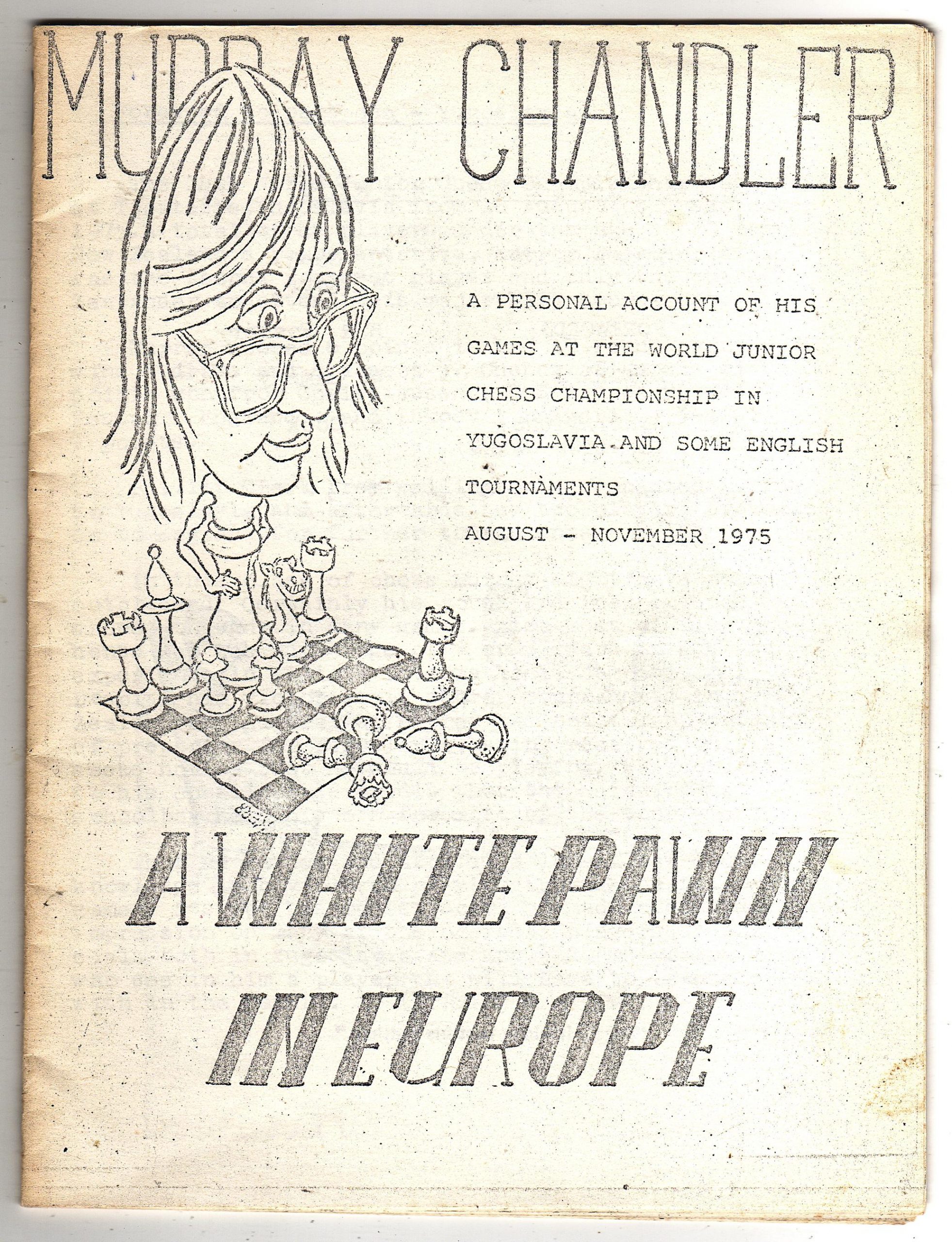
Here is his Wikipedia entry
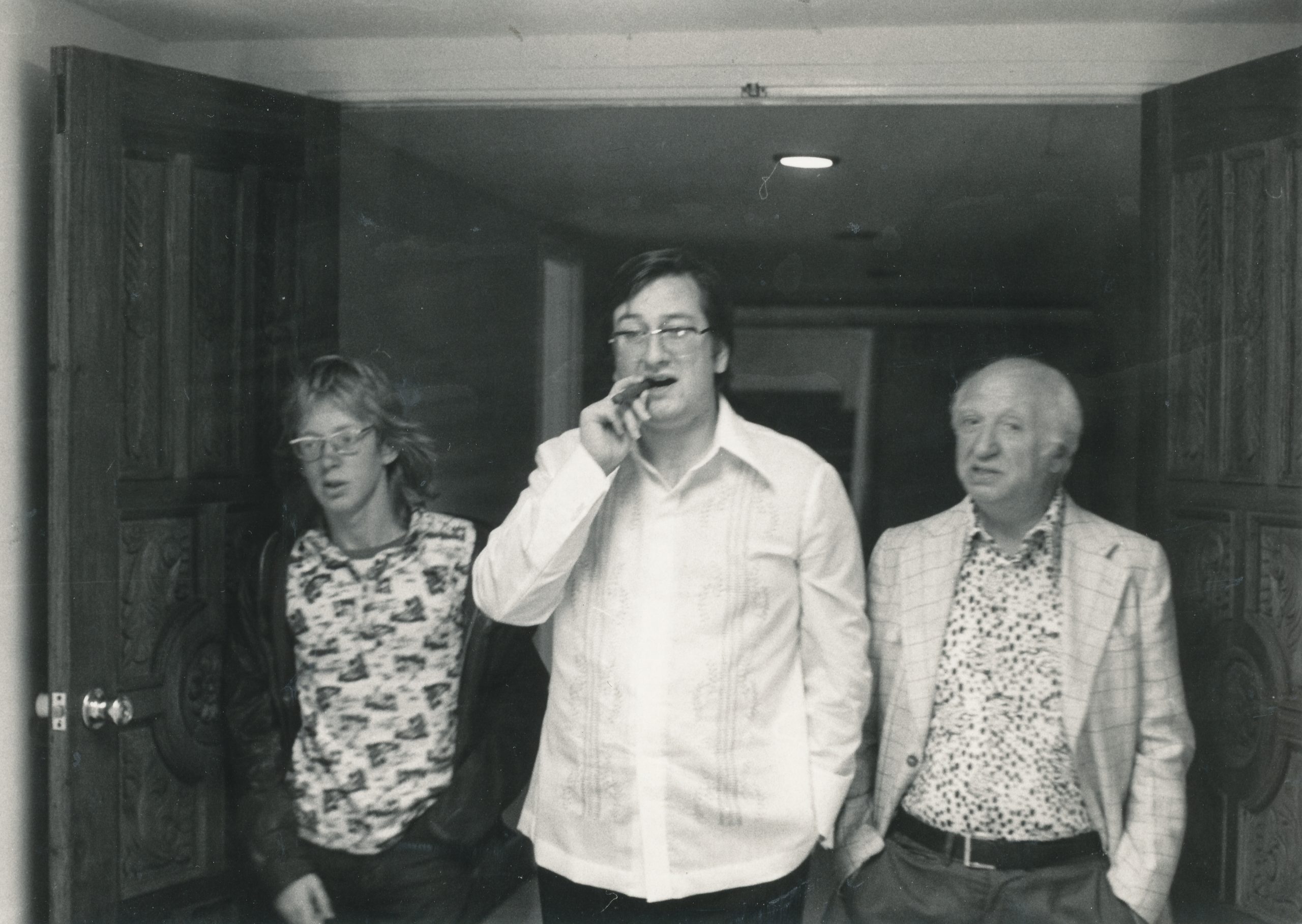
From Chessgames.com :
“Murray Graham Chandler was born in Wellington, New Zealand. He was awarded the IM title in 1977 and the GM title in 1982. He was joint New Zealand Champion in 1975-76 (shared with Lev Isaakovich Aptekar and Ortvin Sarapu) and joint Commonwealth Champion in 1984. His best tournament results were 2nds at London 1984, London 1986 and Amsterdam 1987 and he has played both for New Zealand (1976-1980) and England (1982-86) in the Olympiads. He edited Tournament Chess for a time from 1981 onwards and as well as writing he became the managing director of Gambit Publications.
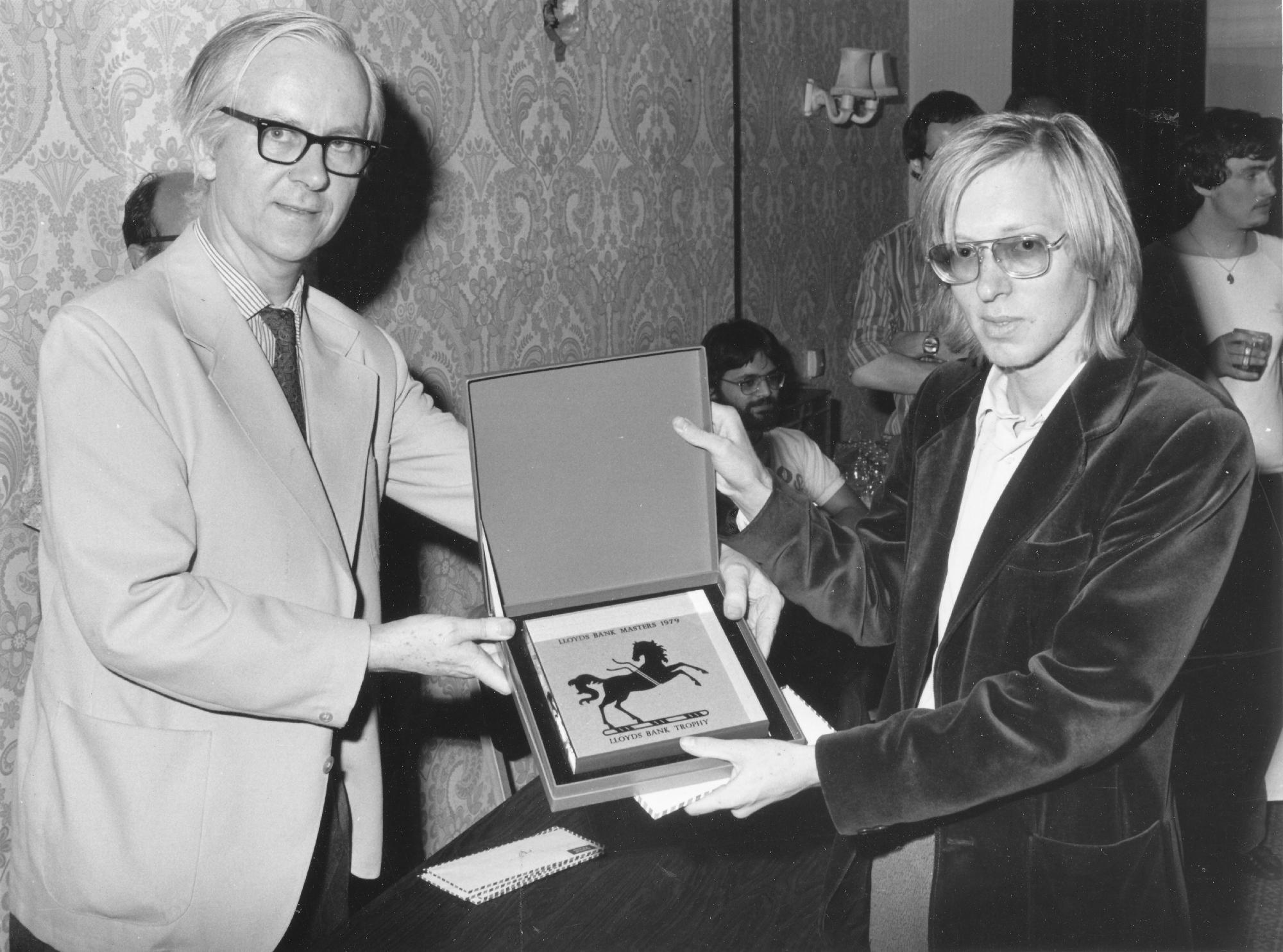
He was the organiser and winner of a large tournament, the Queenstown Classic in New Zealand in January 2006 and this tournament also incorporated the 113th New Zealand Championship making Chandler the New Zealand Champion for the second time. He won his third New Zealand title at the 115th New Zealand Championship (2008) which was held in Auckland where he currently resides.”
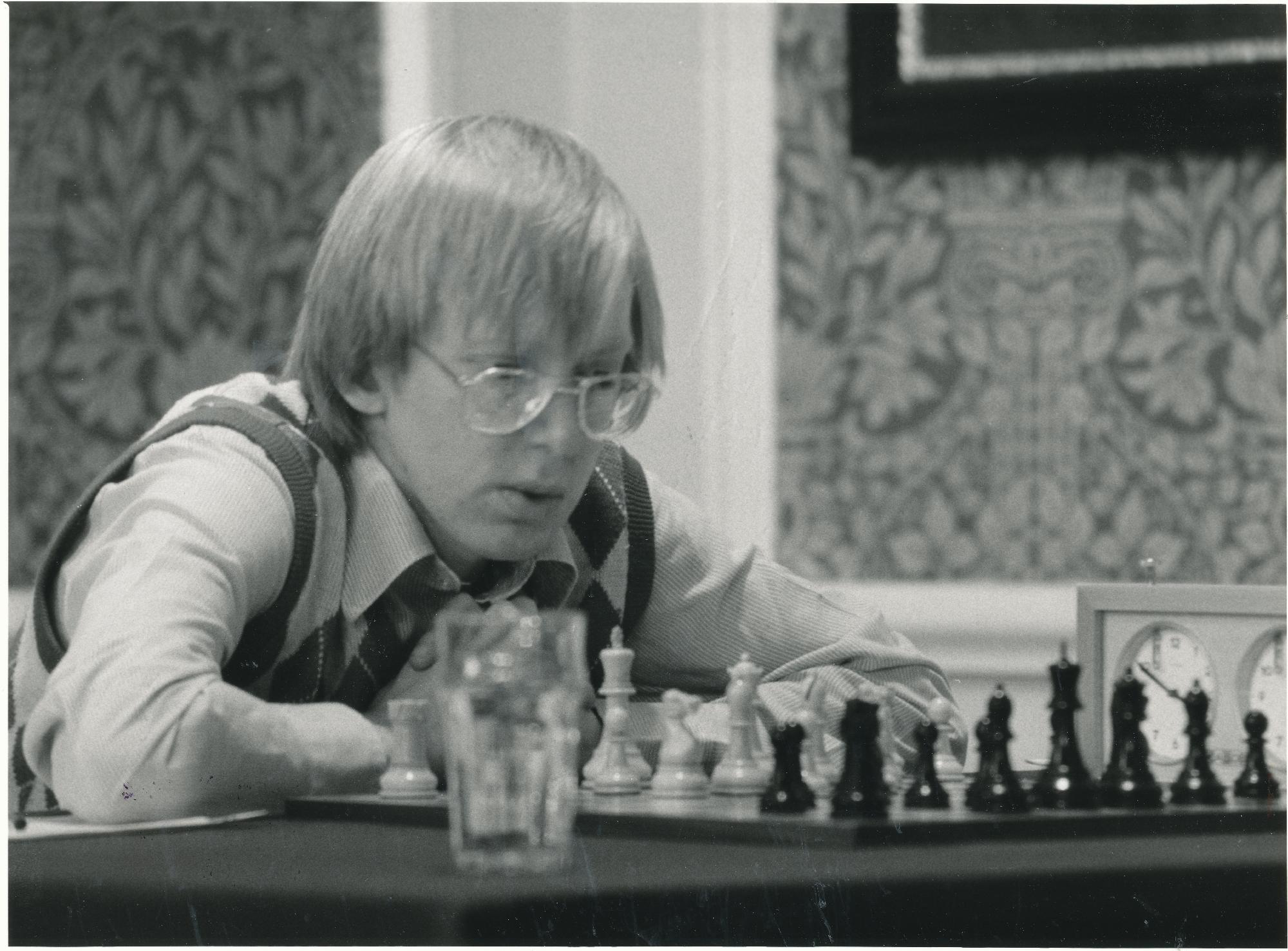
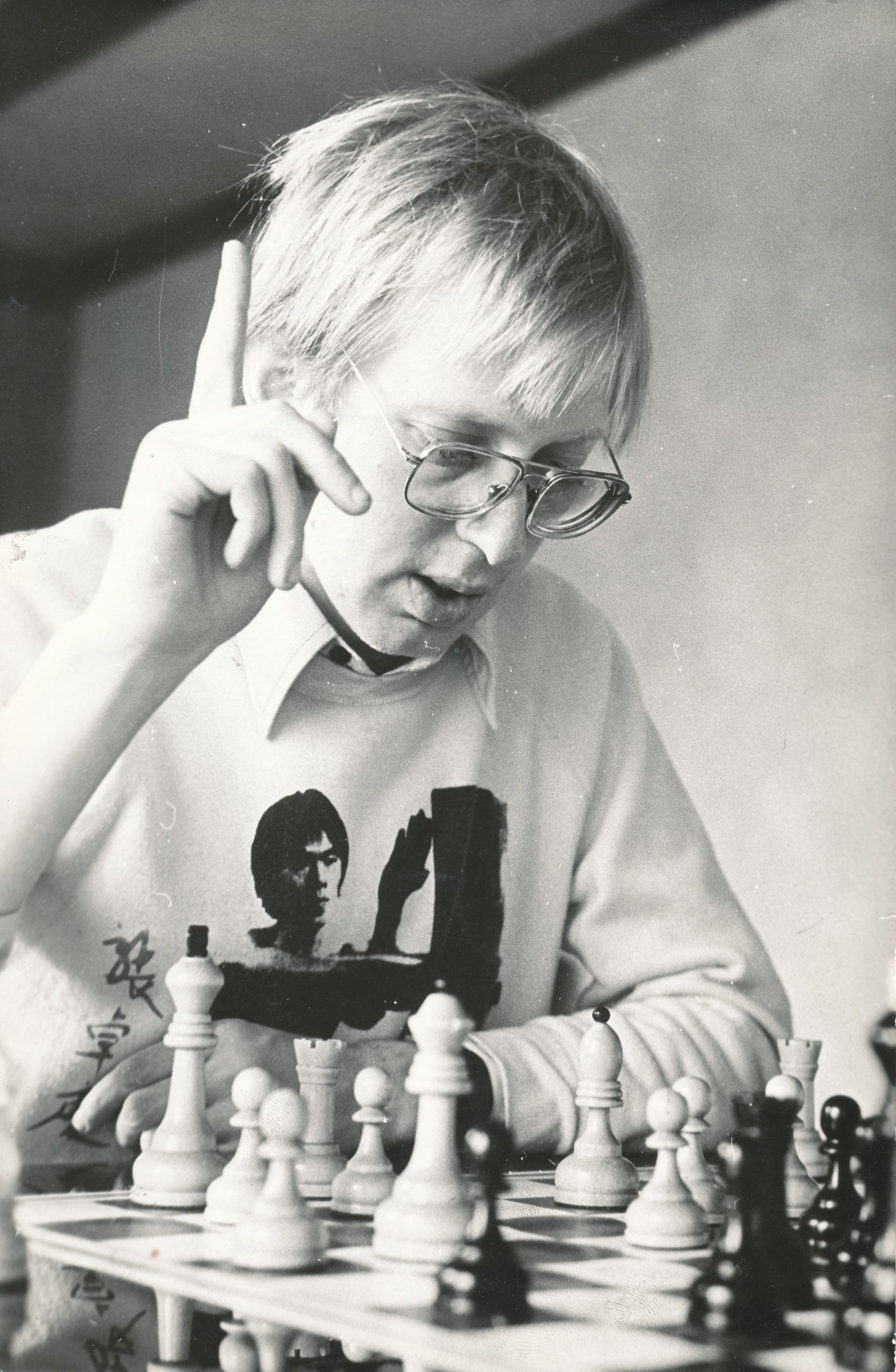
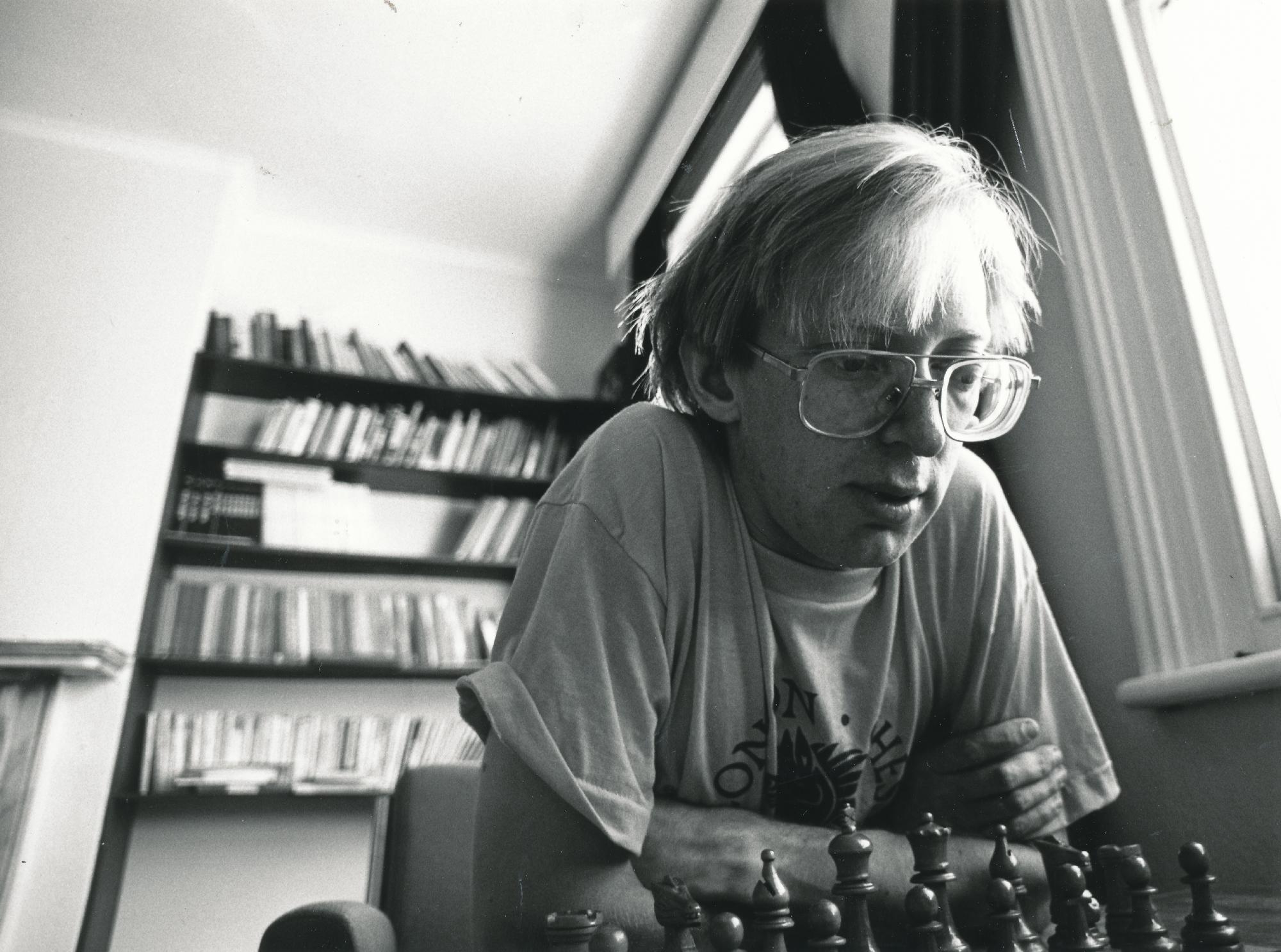
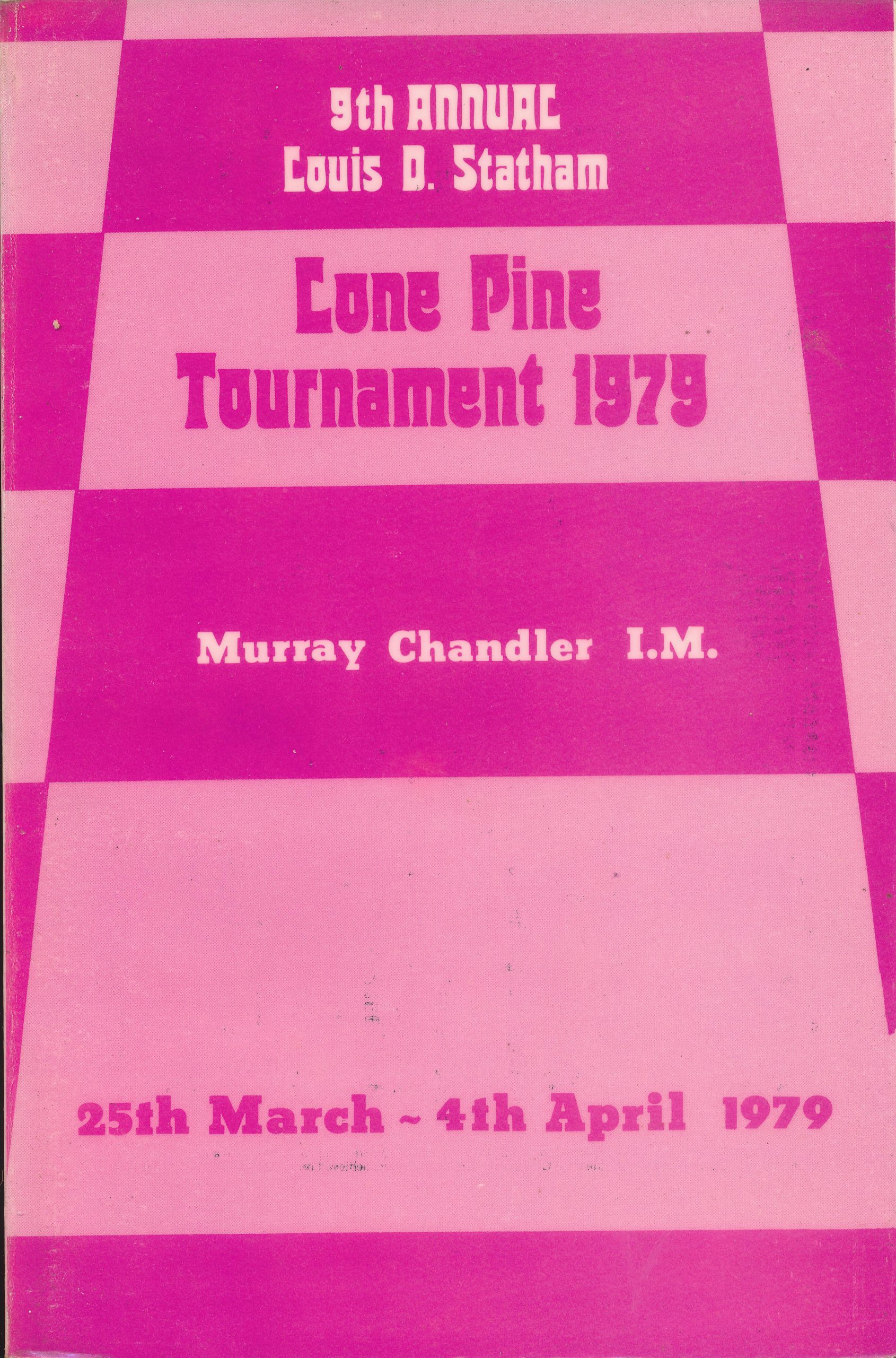
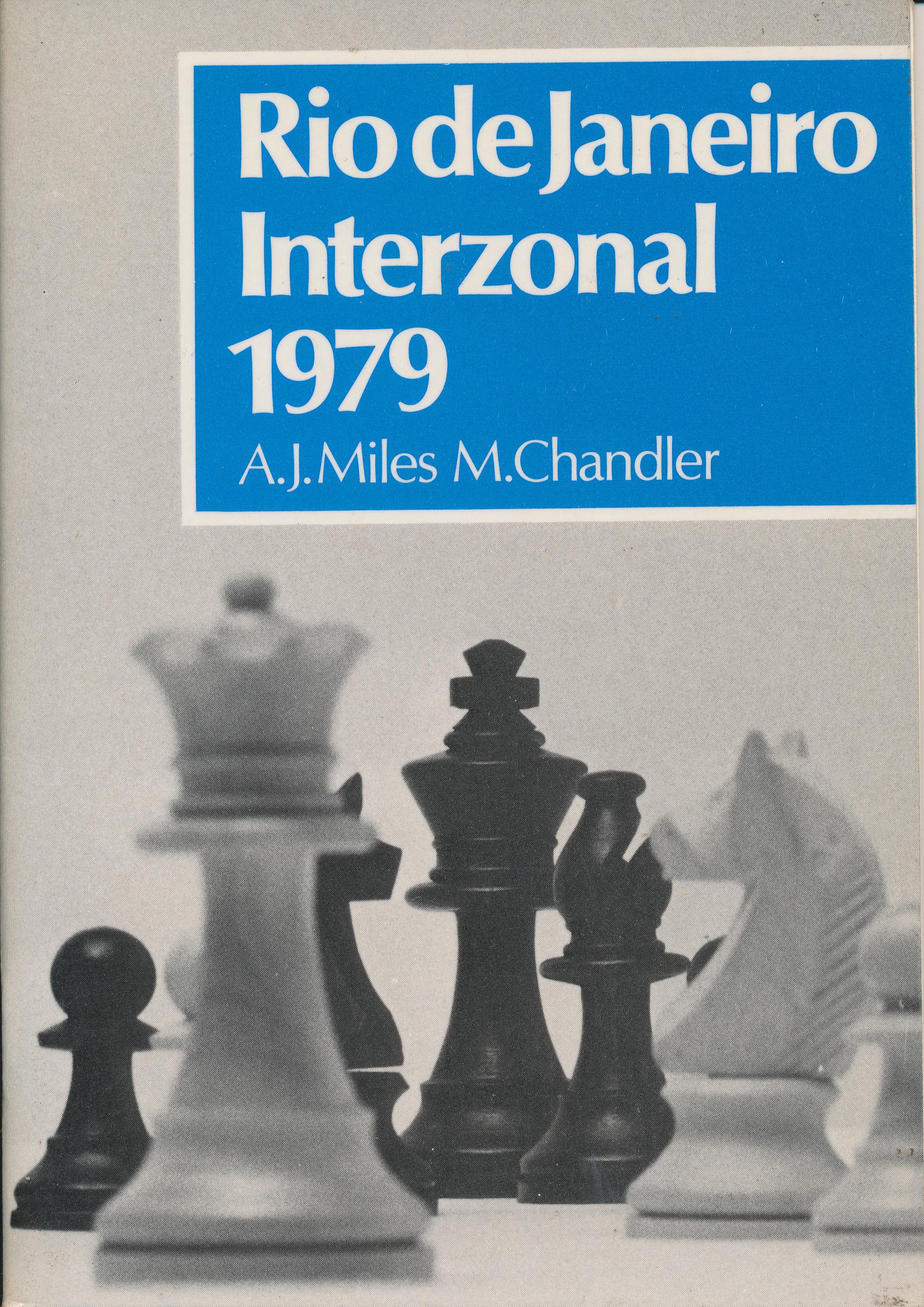
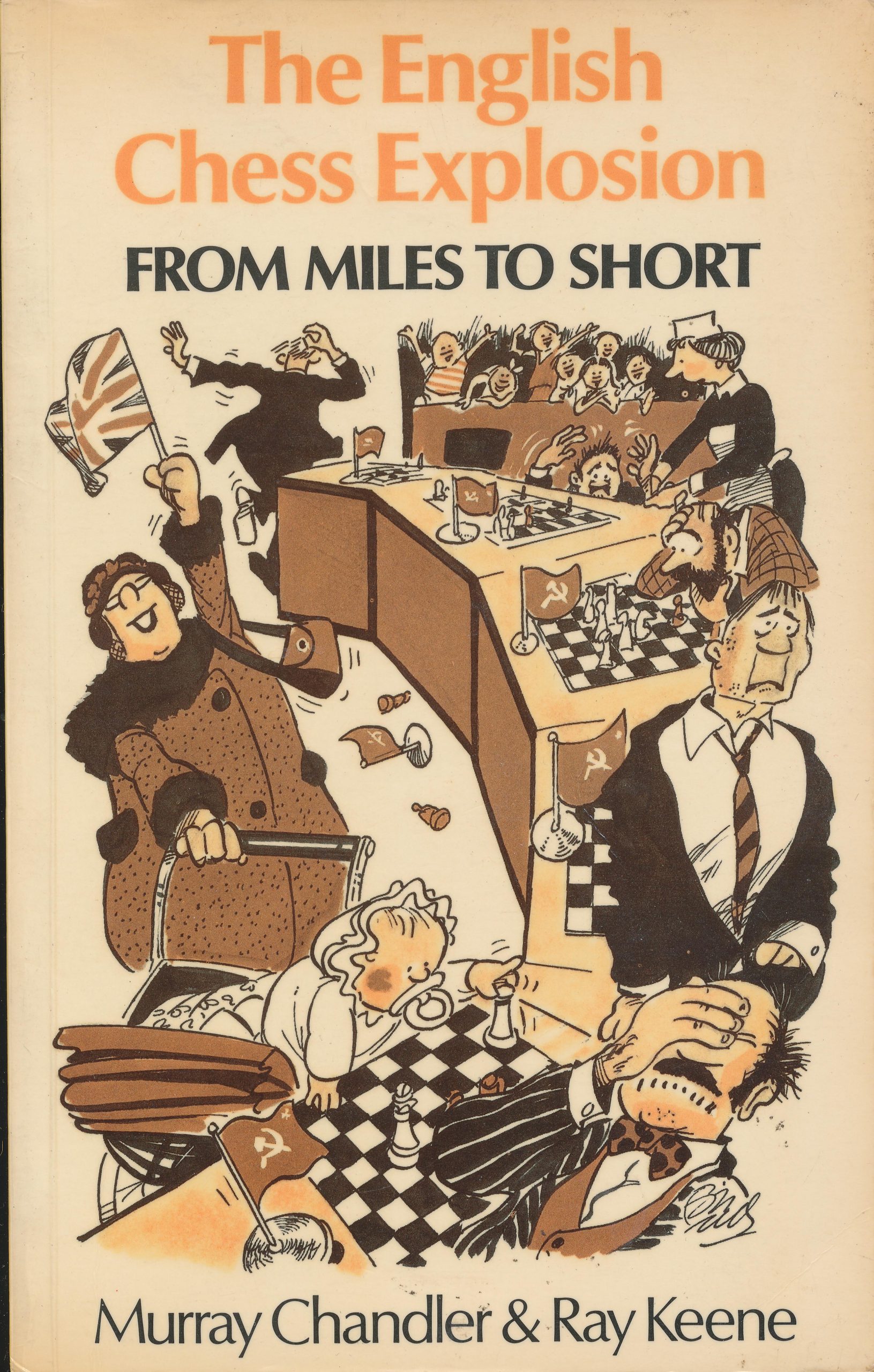
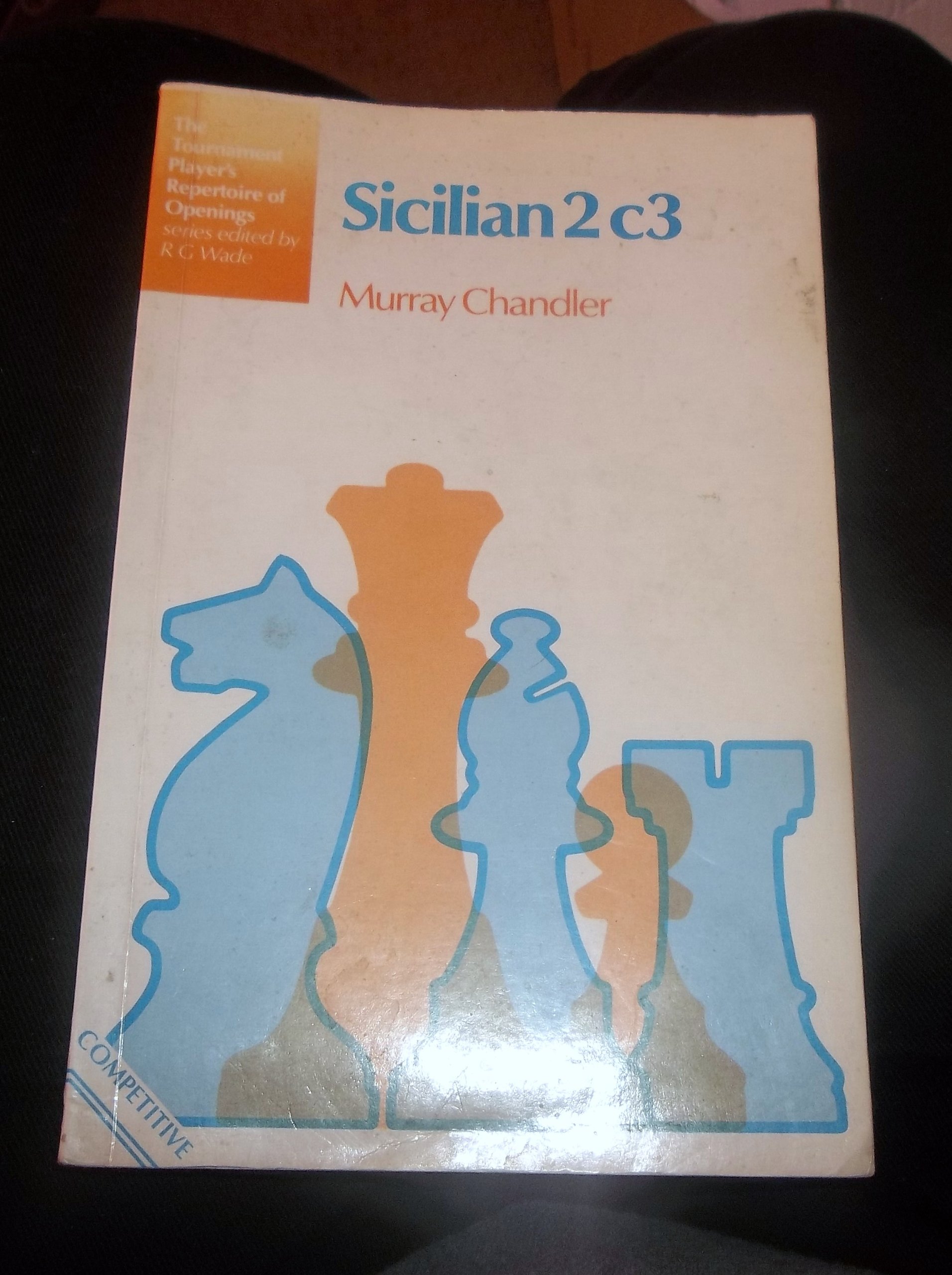
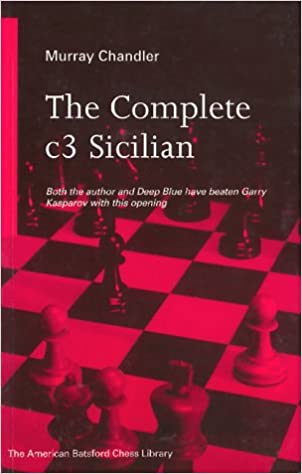
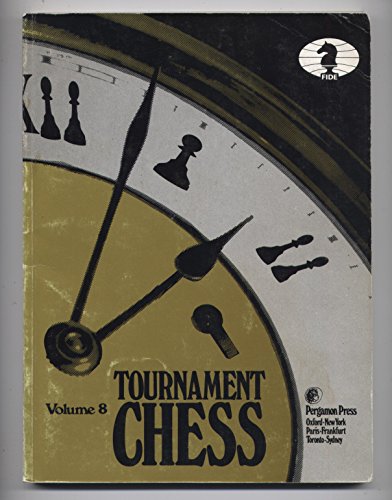
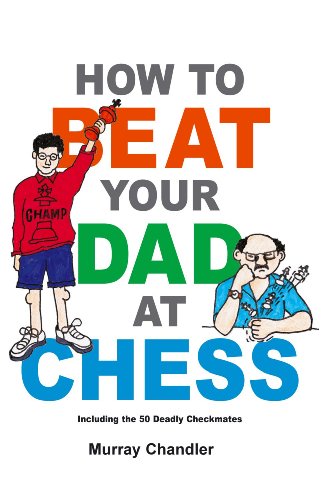
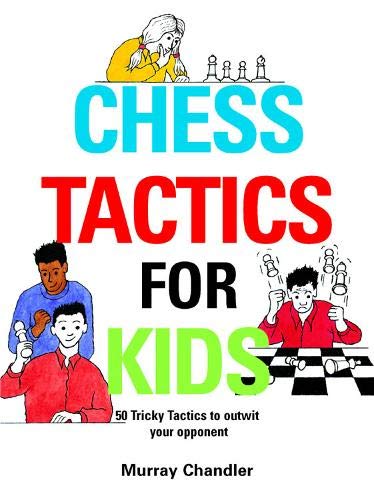
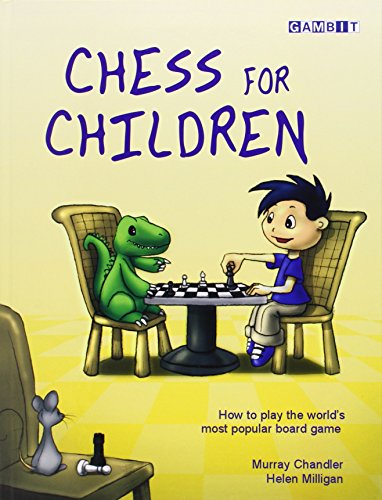
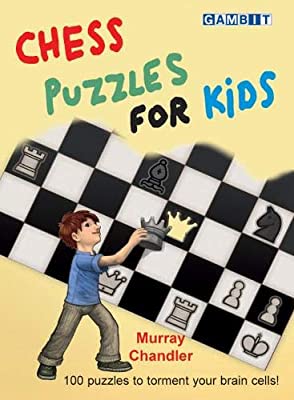
We remember “BH” Wood MSc FCS OBE who passed away on Tuesday April 4th, 1989 in the district of Birmingham.
He was buried alongside his wife Marjorie in the Sutton Coldfield Cemetery Extension which was opened in 1934 as an extension to the Holy Trinity Church.
Baruch Harold Wood (generally known as BH Wood, or simply “BH”, by the chess world) was born on Tuesday, July 13th 1909 in Ecclesall, Sheffield, Yorkshire. The registration district was Ecclesall Bierlow.
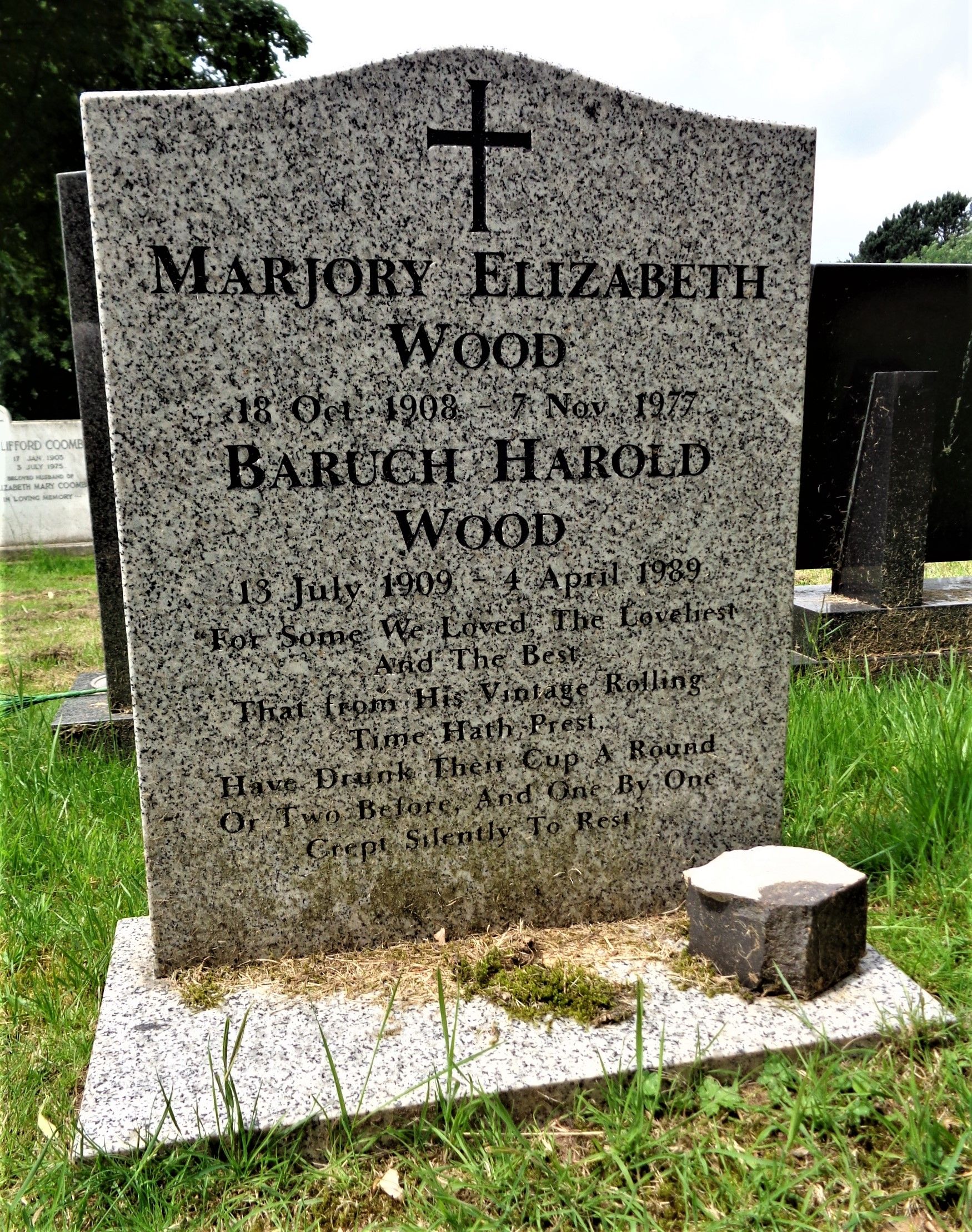
The birth record suggests that he was baptised as Harold Baruch Wood. His parent’s were Baruch Talbot (1881-1951) and Florence Muriel Wood (née Herington). He appears as Harold Baruch on the 1911 census.
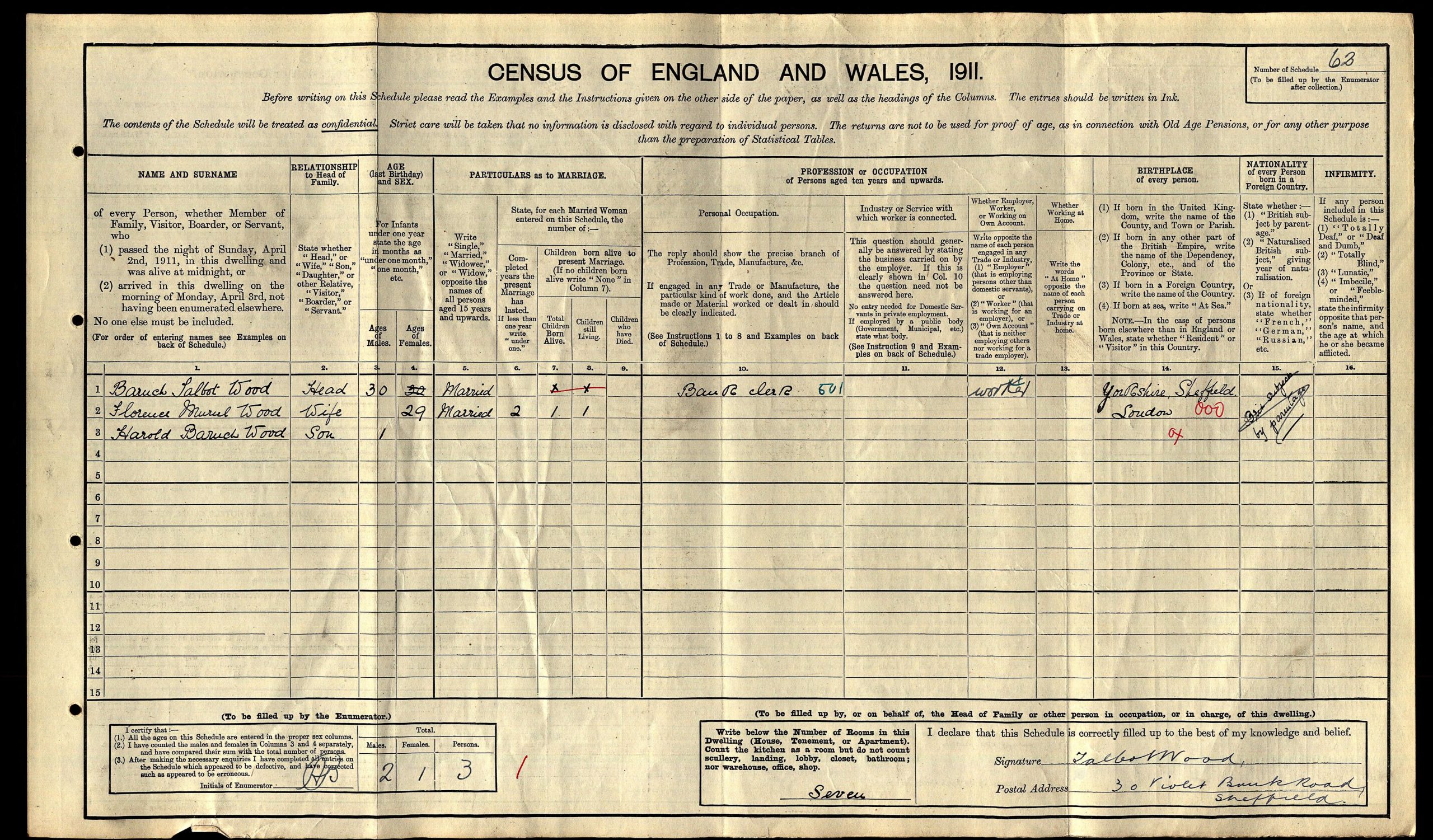

Interestingly, the Census form was signed by Talbot Wood so maybe BHs father also did not like his own first name! At the time of the Census the family lived at 30, Violet Bank Road, Nether Edge, Sheffield, S7 1RZ.
Baruch attended Friars School, Bangor (established in 1557) along with William Ritson Morry. BHW was one year and three months older than WRM so it is entirely possible that they had met.
In October 1936 BHW married Marjory Elizabeth Farrington in Ross, Herefordshire. When Marjory died on 7th September 1977 they were living at 146, Rectory Road, Sutton Coldfield, West Midlands. Baruch and Marjory had four children, FM Christopher Wood, Philip, Frank and Peggy.
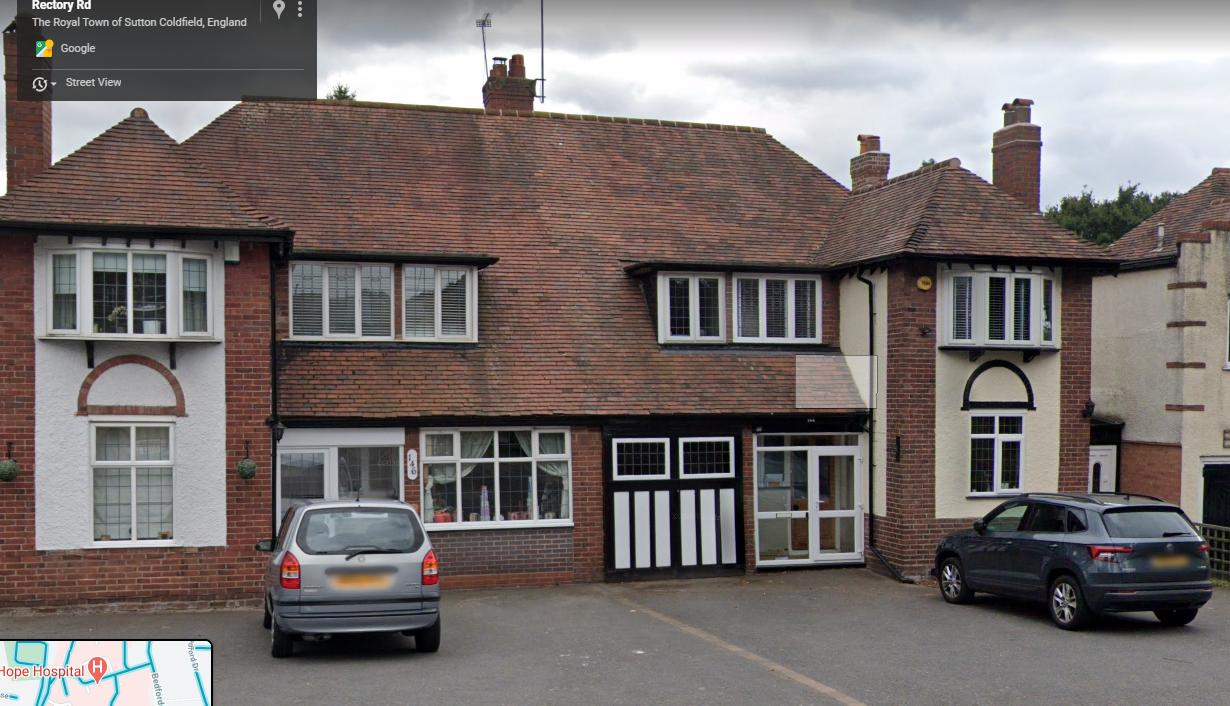
In the 1984 New Years Honours List, Civil Division, BHW was awarded the OBE. The citation read simply : “For services to Chess”
He won the BCF President’s Award in 1983 alongside TJ Beach and Brian Reilly.

From The Anglo-Soviet Radio Chess Match by Klein and Winter :
“BH Wood was born in Sheffield in 1909. A great lover of the game, he founded the magazine Chess in 1935, and has written a book for beginners. He scored a notable success by winning the British Correspondence Championship on one occasion. Wood has competed in the British Championship on several occasions, and in a number of Premier Reserves tournaments. He also played for Great Britain in the international team tournament (ed. Olympiad) at Buenos Aires in 1939.
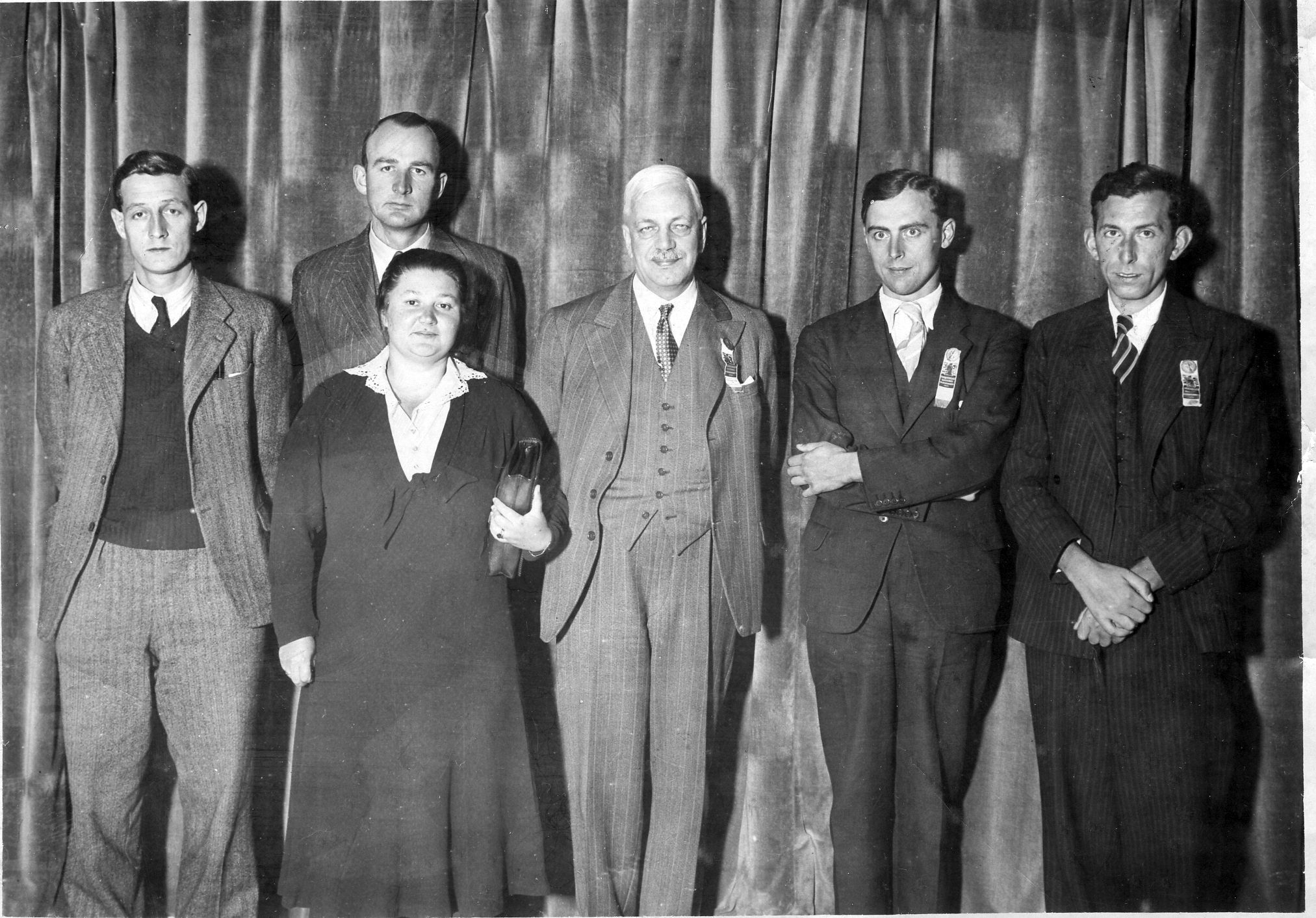
He is a graduate of the University of Wales and Birmingham University. He has been very active in recent years in giving simultaneous exhibitions and in organising correspondence chess.”

Between 1938 and 1957, BH won the championship of Warwickshire eight times. He held the record (until 2006) for the most Birmingham & District Chess League Individual titles – nine, all won in Division 1: 1937, 1939, 1954, 1956, 1958, 1960, 1966, 1967, and 1983. He was the Records Secretary for the League from 1951-61.
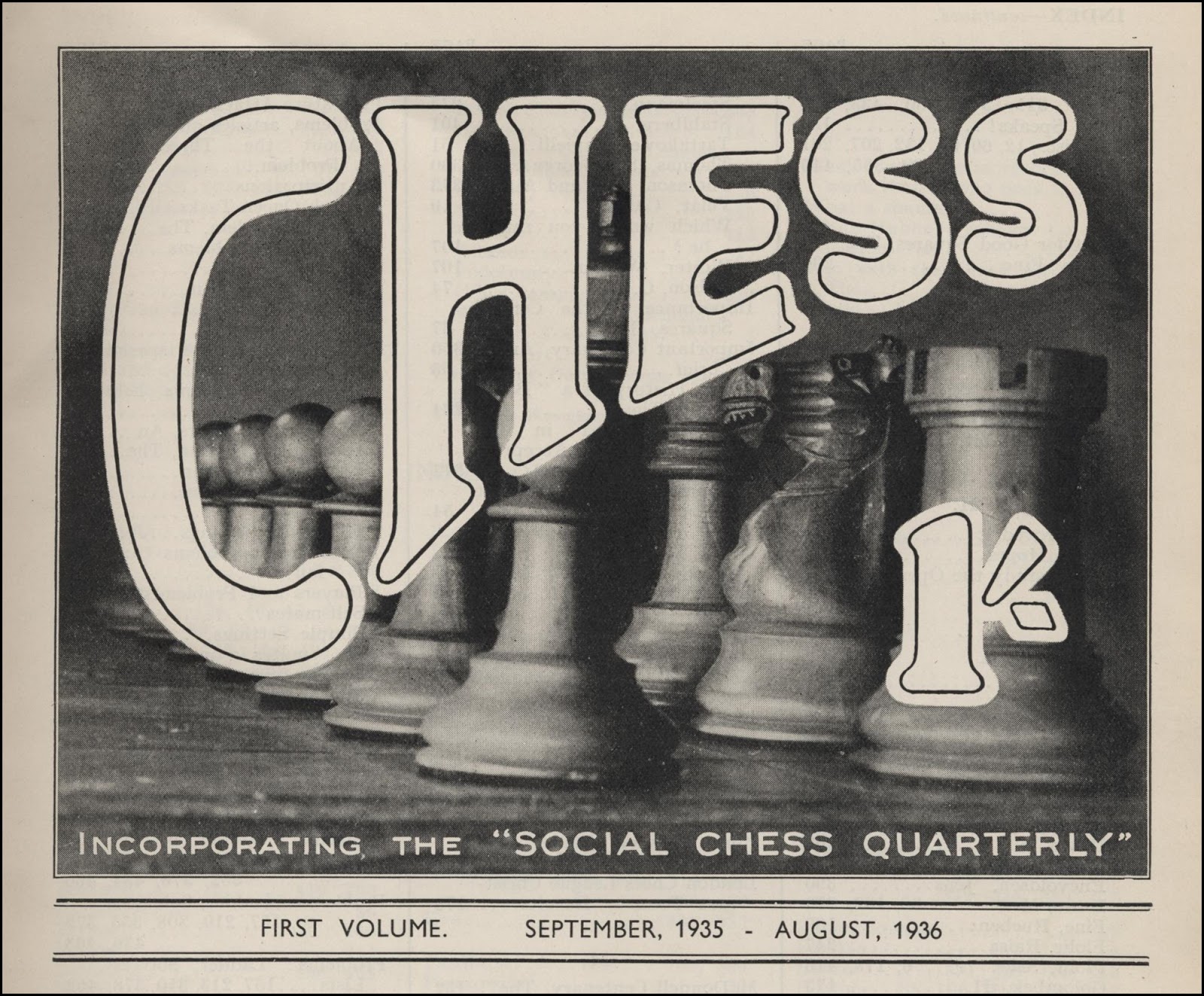
From CHESS, Volume 52 (1987), Number 1014-15 (Christmas), we have the very last issue of the magazine for which BH was the Editor before becoming Founding Editor (and Paul Lamford became Editor). BH wrote:
“Countless people have asked me ‘Why did you start CHESS?’ I was in love with university life and has just taken an M.Sc., a waste of time after a good first-class honours, and decided to have a go at replacing the old Chess Amateur, which had closed down. I had edited the students’ magazine in both Bangor and Birmingham. The first had been produced by The Daily Post Printers in Liverpool, who agreed to print 1,000 copies for £90. That £90 would be nearly £2,400 now.
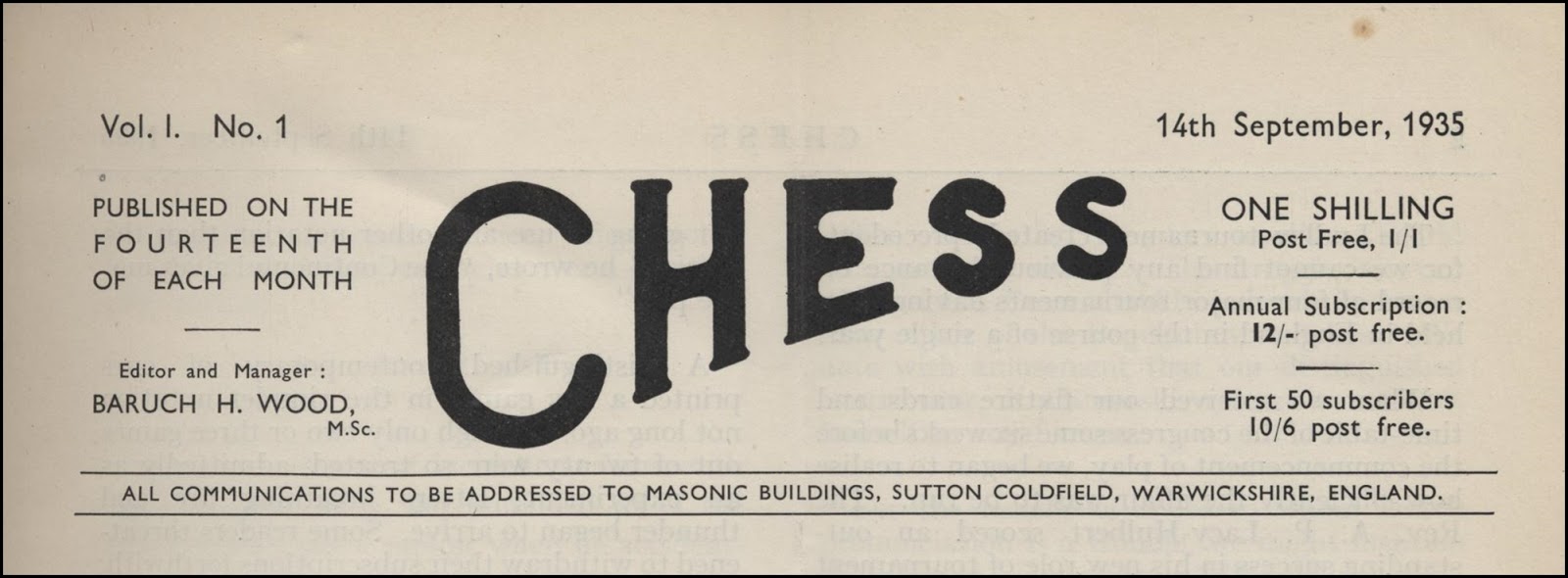
A year’s subscription I announced as 10 shillings (50p).
Two bits of luck! J.H. Van Meurs, a Dutchman who did a lot for British Chess, had listed in his still young B.C.F. Year Book some hundreds of chess clubs.
W.H. Watts, another great figure of those days, had floated a rather short-lived magazine The Chess Budget, donated a ‘Budget Cup‘, for knock-out team competition and published excellent books on big tournaments, etc. He handed me a list of keen chess players all around the world. I spent a week addressing envelopes by hand to all the clubs and people.
To individuals I sent single copies of CHESS; to each club three copies, inviting payment or subscriptions. Hardly anybody failed to pay. Obviously there was a demand for a chess magazine with a lighter touch than the B.C.M.
Years later, I learnt why Mr. Watts had been so generous. He had fallen out with the establishment and welcomed the arrival of a new publication.
Within three months I was selling 3,000 copies an issue.
Some early ideas were chessy short stories , cartoons and a competition for humorous anecdotes.
I soon went to Amsterdam for the first Euwe-Alekhine match. I traced Alekhine to his hotel room with difficulty. He was officially incommunicado. He came to the door in pyjamas, and within five minutes we had agreed to a £5 article per month. I was, of course, already on conversational terms with him (and remained so!).
Now I fell into trap. 3,000 readers in four months meant 6,000 in eight months, 9,000 in a year…?
Not so! This is extrapolation, a matter of calculation full of risks.
My preparations had been too good. In the remaining eight months of the year I picked up only a thousand more readers. Alekhine lost the title. With three months to go, my money ran out, I struggled to the end of the year. The twelfth issue was pathetically thin compared with the first few but renewals staring rolling in and CHESS blossomed again.
The fifty-two years since have been gruelling, unremitting toil but fascinating interest. How we bought our own presses and the effect this had on the world’s chess press – A law suit that went to appeal – How CHESS linked people in Malta, Australia, Hungary – Adventures in ‘simuls’, postal chess etc. How we helped police to identify a drowned man, etc. So many tales to tell!
BHW
Here is an obituary from the BCF Yearbook 1989 – 1990, page 14 :
Baruch H. Wood, O.B.E., founder of CHESS, and the magazines editor for 52 years, died at the age of 79 on 4th April.
Born in Sheffield on 13 July 1909, “B.H.”, as he was widely known in chess circles, took up the game early playing competitively at school and at University. After graduating from the University College of Wales, Bangor with a 1st class honours degree in chemistry, he took an MSc at Birmingham University. Soon, however, his love of chess took him away from a career in chemistry, with his launch of CHESS in 1935. He was to continue as editor, publisher, for many years printer, and often major contributor, for over half a century.
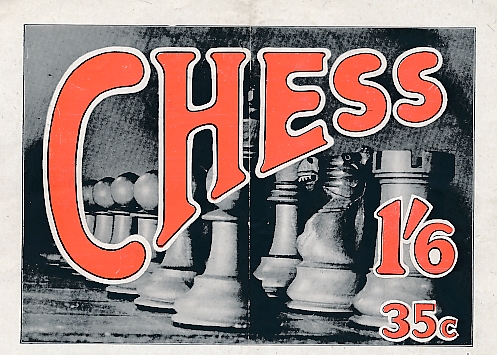
The magazine quickly won an international reputation for its frankness and outspokenness. It speaks much for the character and determination of its editor that he was able to continue publishing CHESS throughout the difficult years of the Second World War, whilst holding a full-time job as director of a chemical research laboratory in Lichfield.
Wood will be best remembered for the magazine, and for his other journalistic activities. He was for many years chess correspondent of The Daily Telegraph and of The Illustrated London News, and his best known book Easy Guide to Chess went through three editions and many impressions.
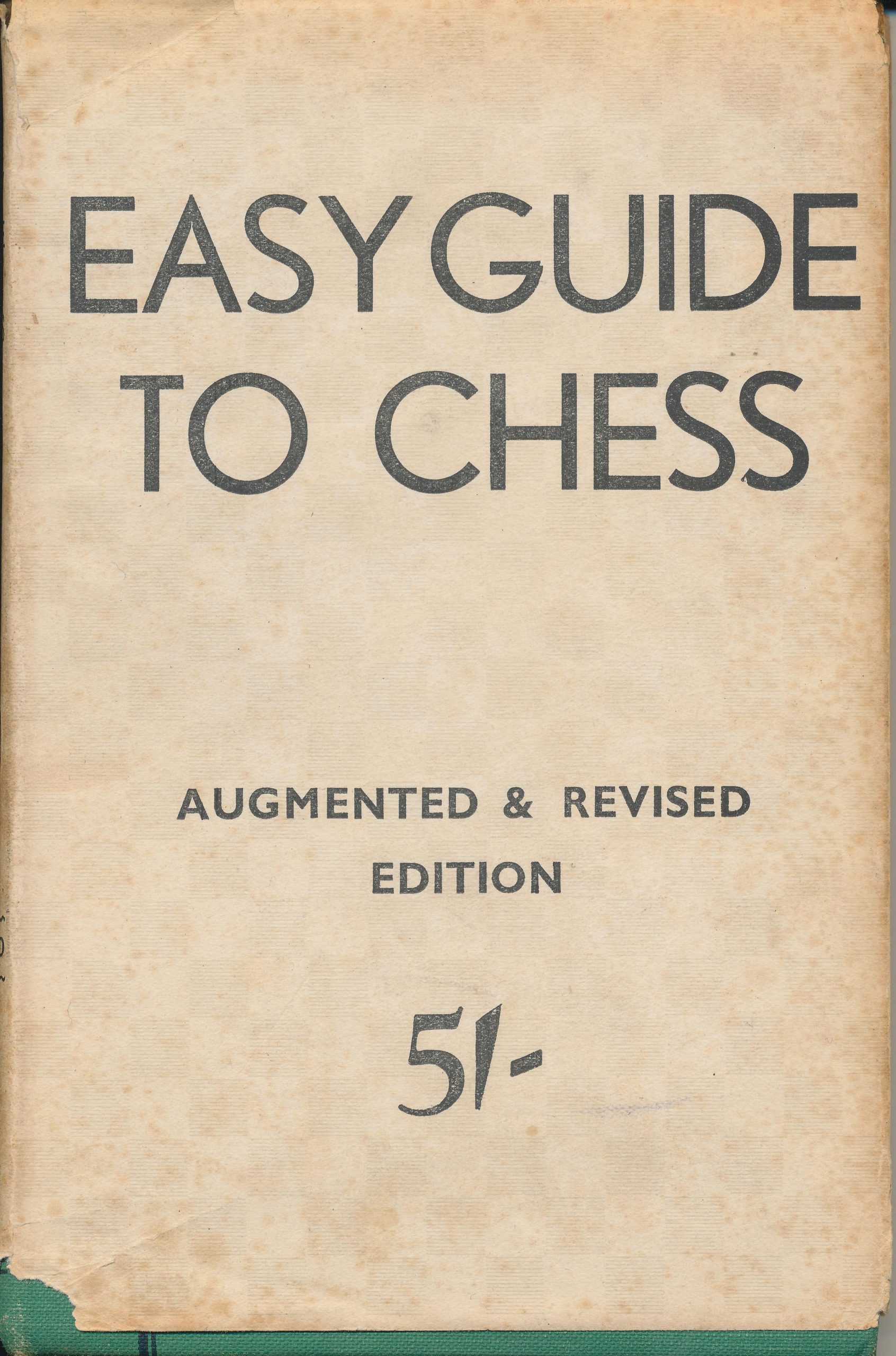
The above book (albeit the later Cadogan version) is available online.
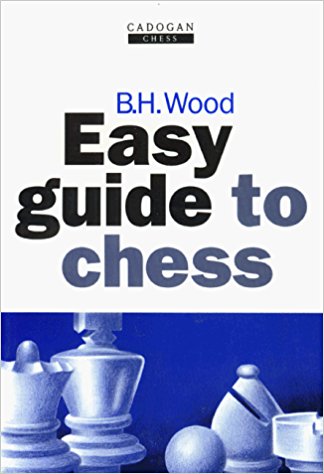
Nigel Davies wrote “One of the best beginners books on the market.”
Wood’s feat in writing, publishing, printing and selling his own book may be unique. However, Wood was no mean player as his draw against the then world champion Max Euwe, who became a life-long friend, testifies.
He represented England in the International Team Championship at Buenos Aires in 1939, scoring 50%. He also took first prize in international tournaments at Baarn 1947, Paignton 1954, Whitby 1963, Thorshavn 1967 and Jersey 1975 and was second in the 1948 British Championship. He was British Correspondence Chess Champion in 1945.
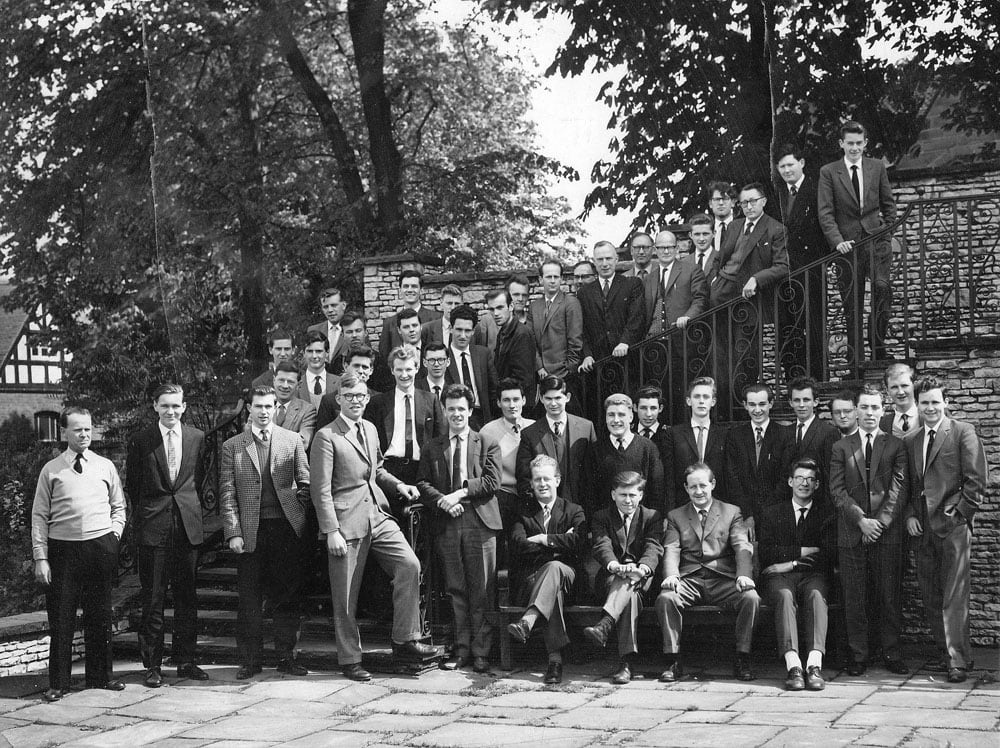
A life member of F.I.D.E. Wood was also an International Arbiter, and organised 21 annual chess festivals at seaside venues from the 50’s onwards. In addition he was an active behind-the-scenes inspirer of many chess events, and in particular was known as a driving spirit of university chess, being until the time of his death President of the British University Chess Association.
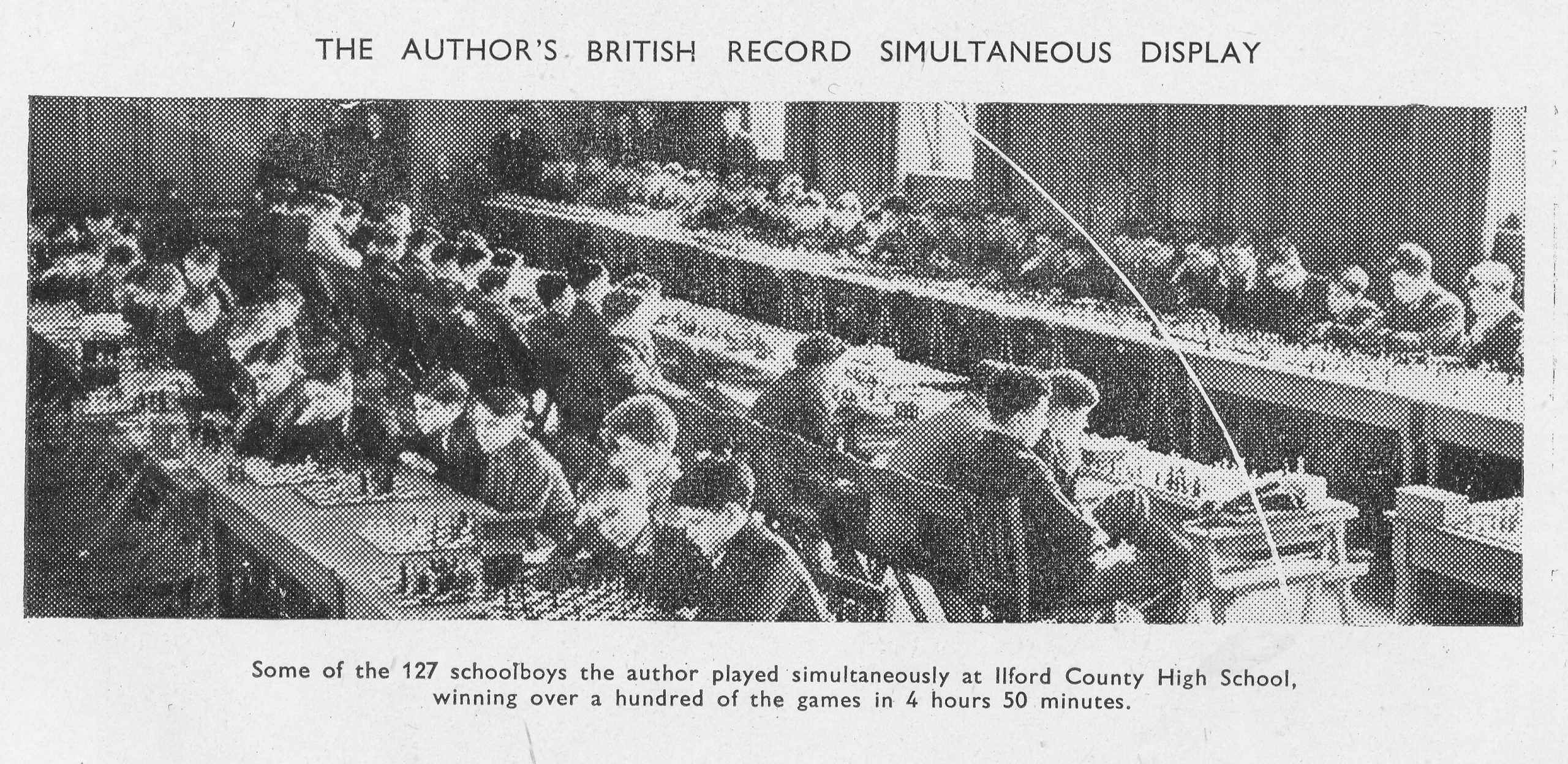
He founded the Postal Chess Club and League and was for many years President of the British Postal Chess Federation.
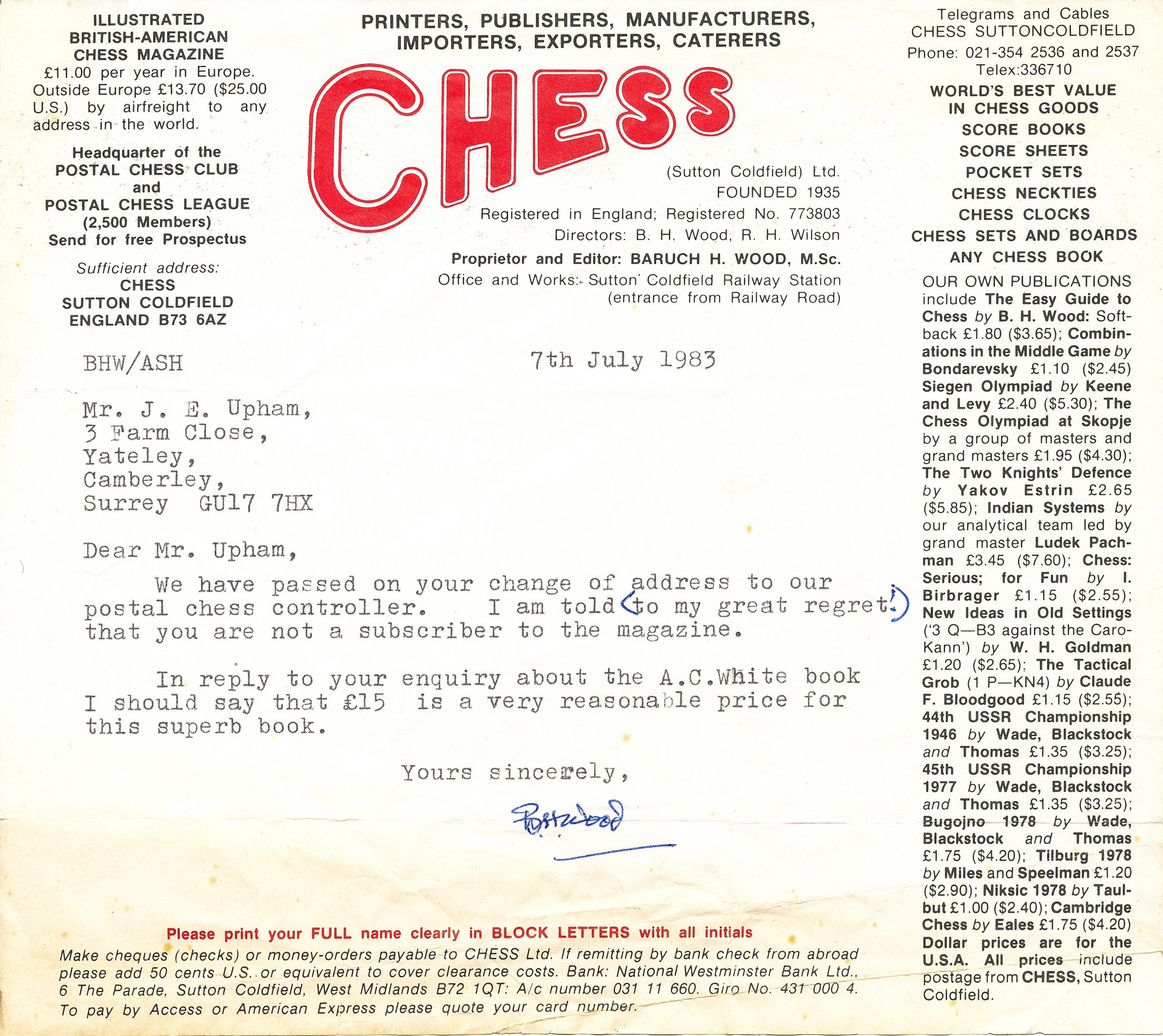
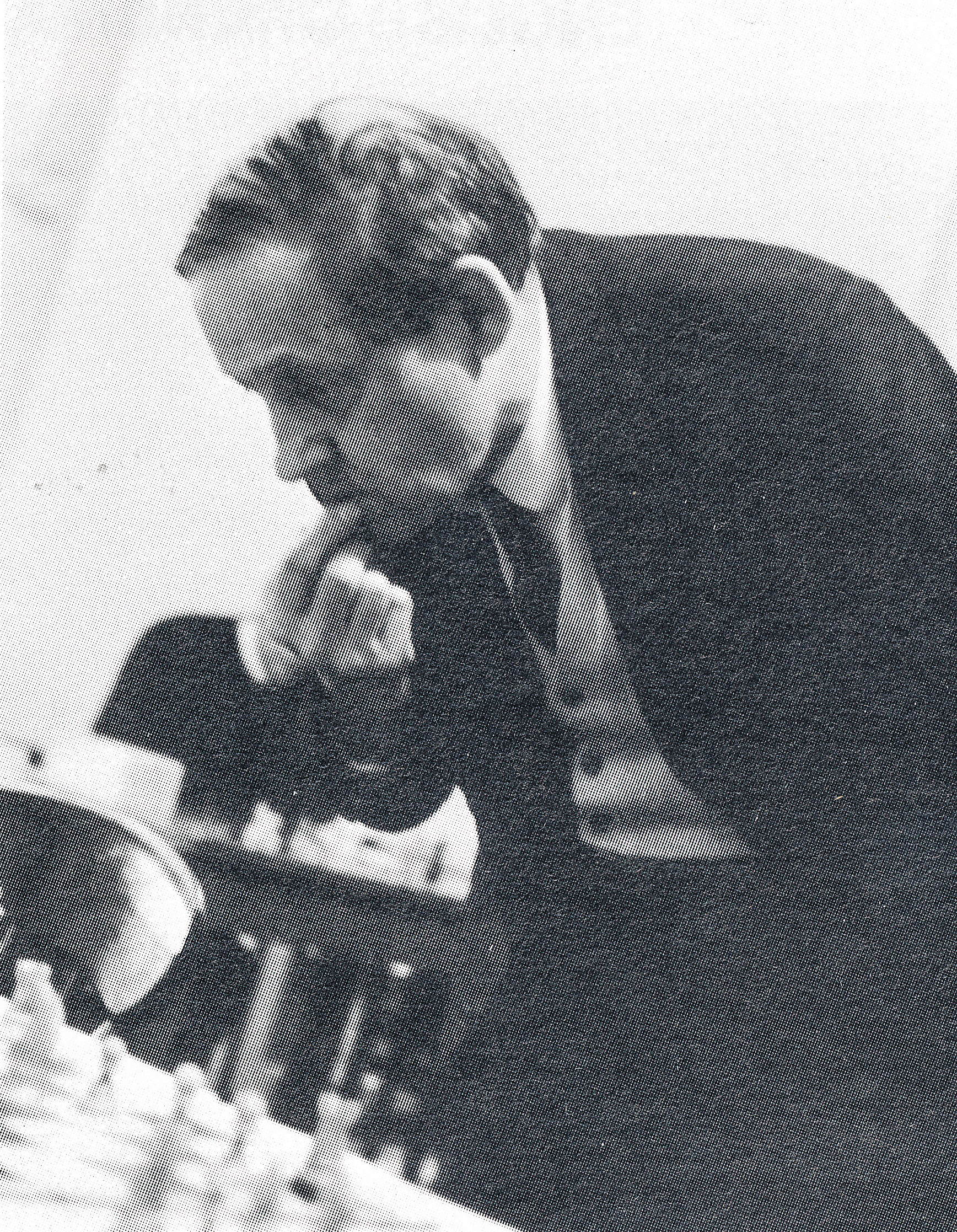
He was awarded the O.B.E. for services to chess in 1984.
His wife Marjory, predeceased him; he leaves three sons Christopher, Frank and Philip, and a daughter Peggy.
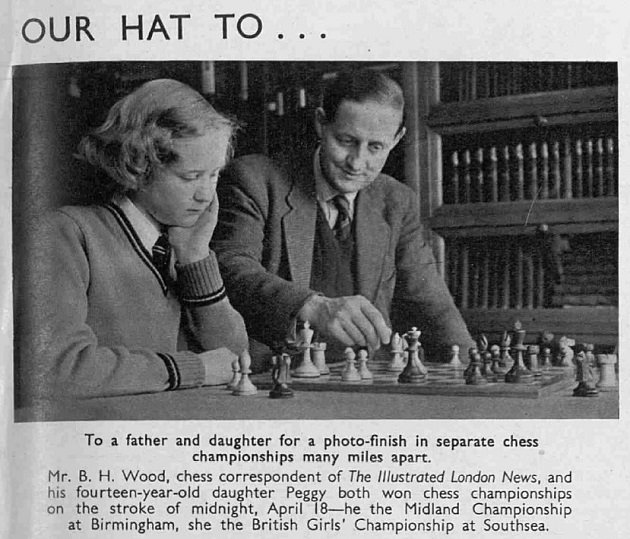
and here is the article as it appeared in the Yearbook.
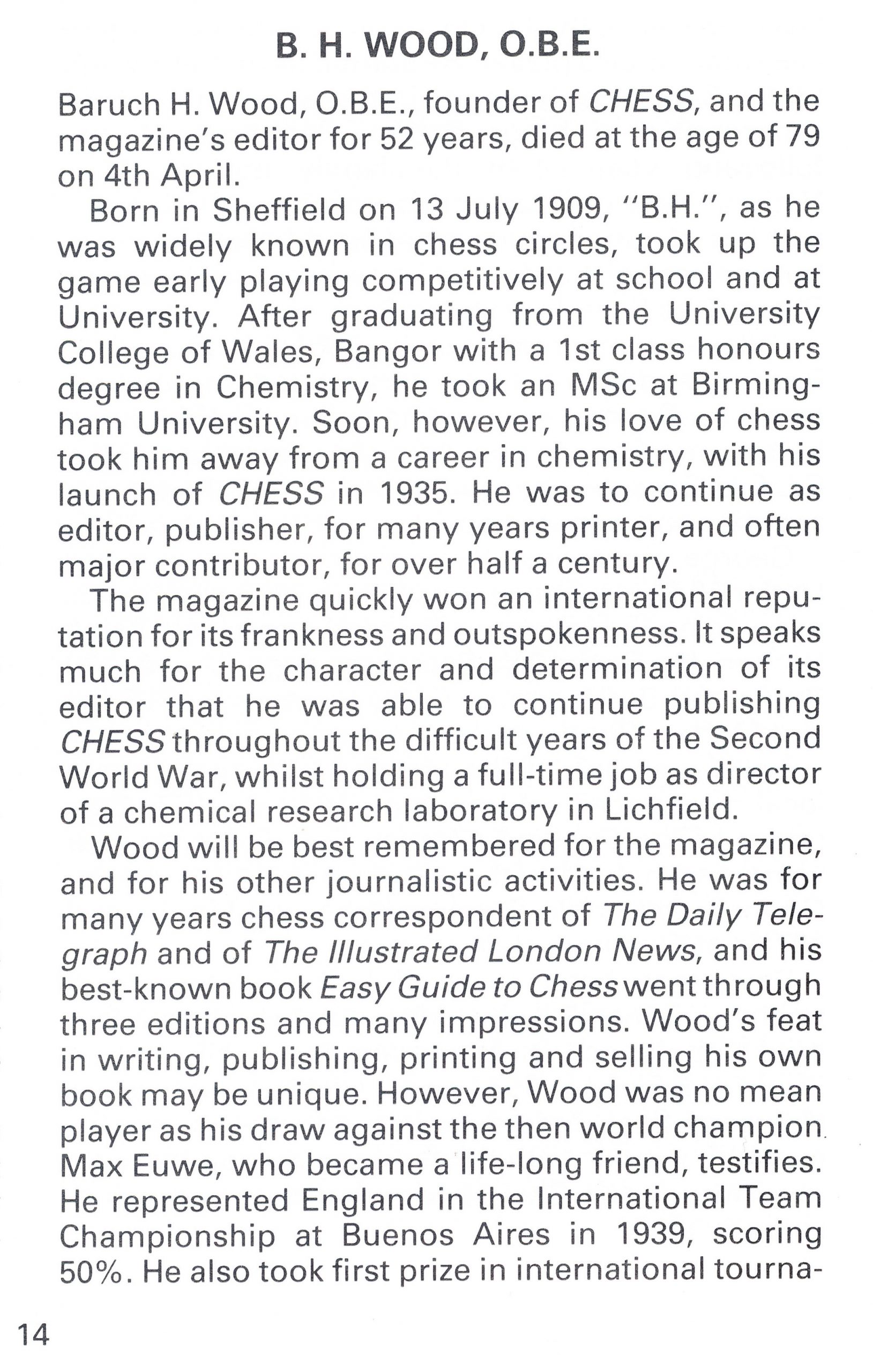
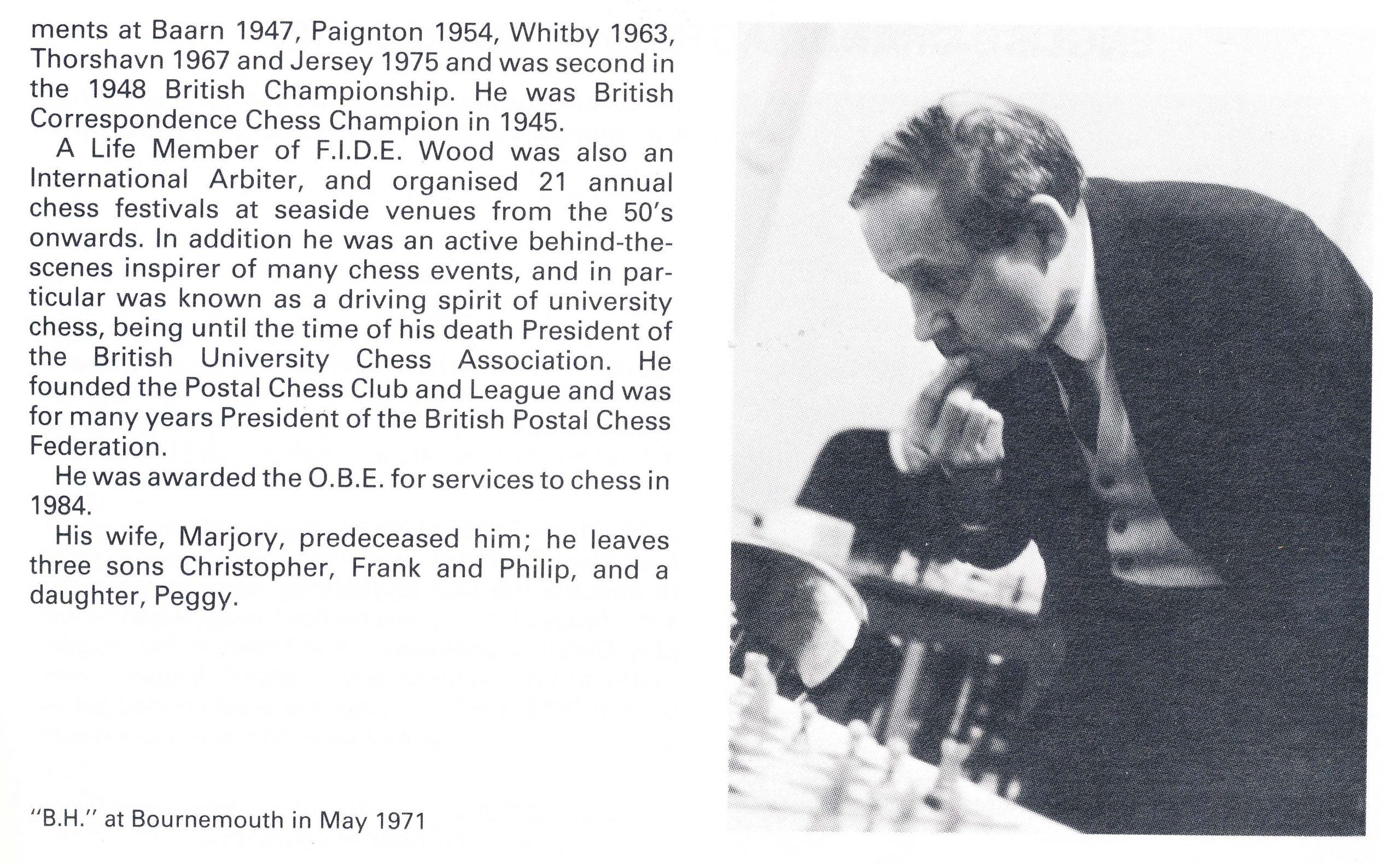
From The Encyclopaedia of Chess (Batsford, 1977) by Harry Golombek :
“A well known British player, editor of Chess (starting 1935) and chess correspondent of The Daily Telegraph and Illustrated London News. A FIDE judge, he has founded and conducted 21 annual chess festivals, notably at Whitby, Eastbourne and Southport.
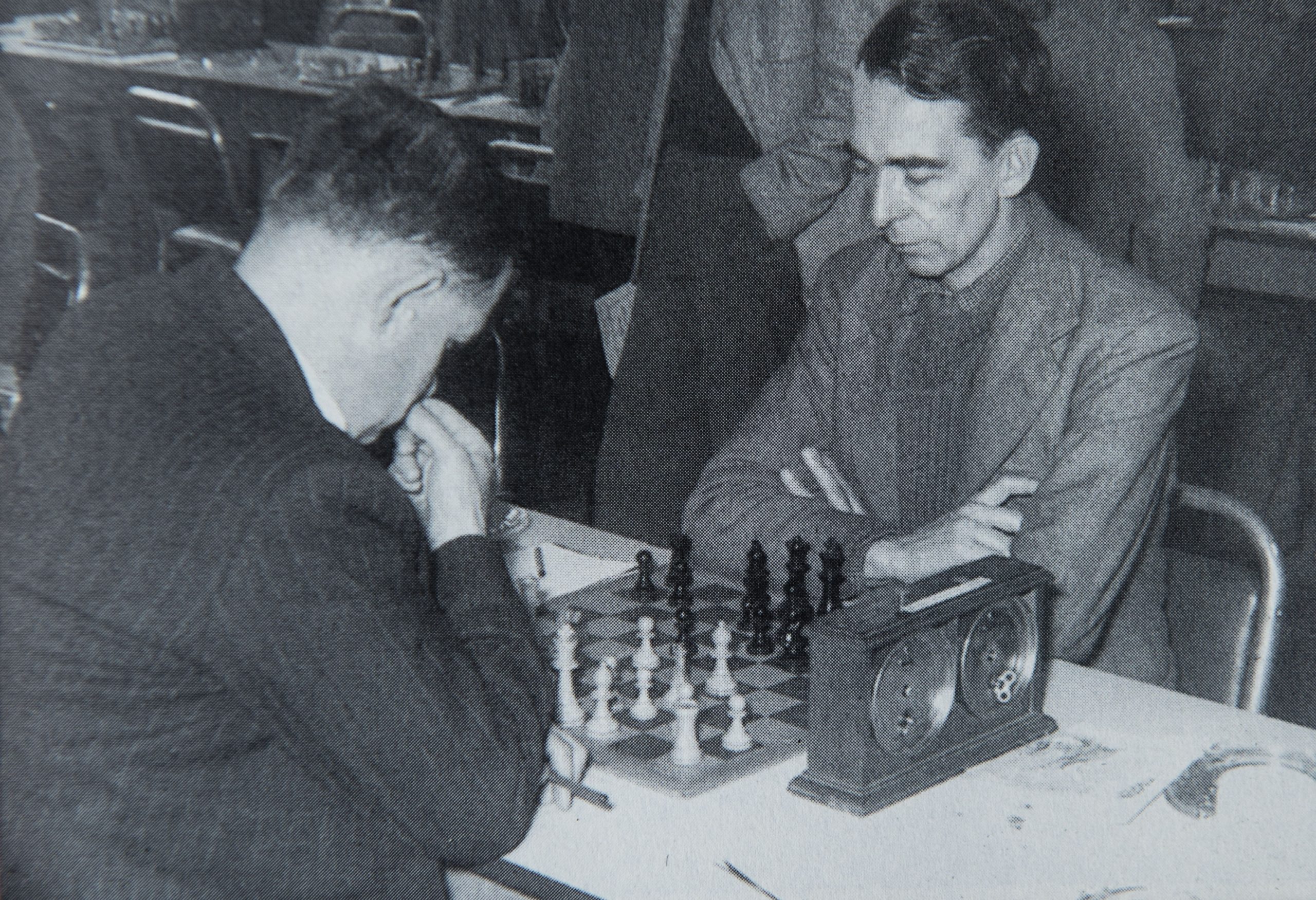
Winner of a number of small and semi-international tournaments : Baarn 1947, Paignton 1954, Whitby 1963, Thorshavn 1967, and Jersey 1975.
Played for the BCF in the International Team Tournament at Buenos Aires 1939. His best tournament result was probably his equal second in the British Championship at London 1948.
In 1954 BHW was sued BH Wood for libel by William Ritson Morry over a letter BHW sent to Henry Golding of the Monmouthshire County Chess Association warning him of WRMs financial history. Here is a summary of the action :
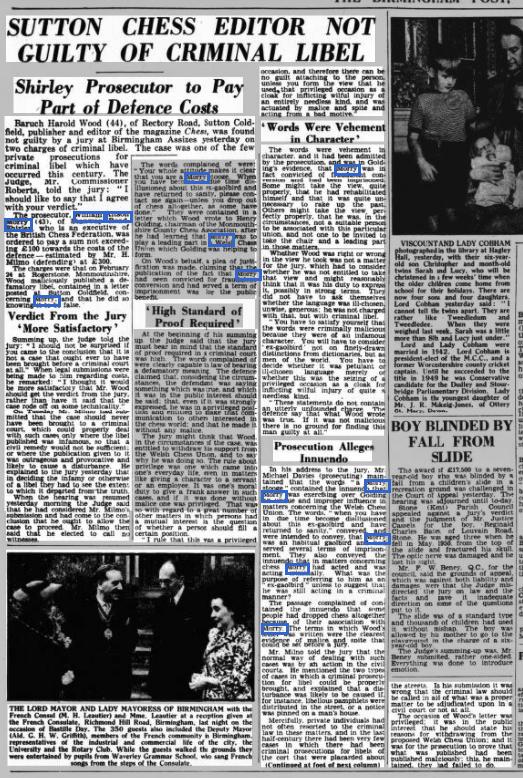
and two years later in 1956 we have this telling photograph of Ritson and BH playing at the British Championships in Blackpool. It must have been an entertaining pairing for the organisers if no-one else!
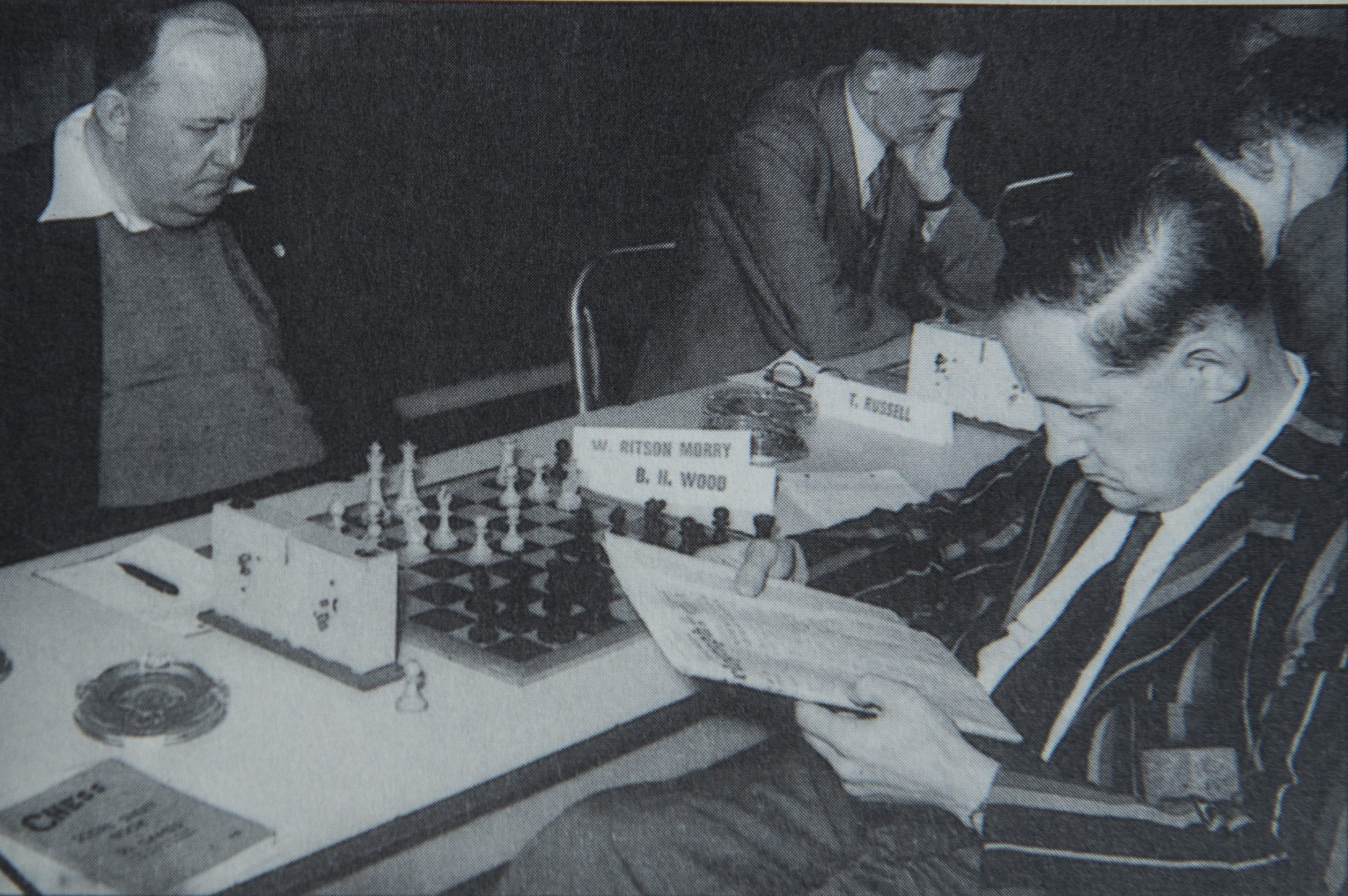
Possibly WRM was thinking this as they played:
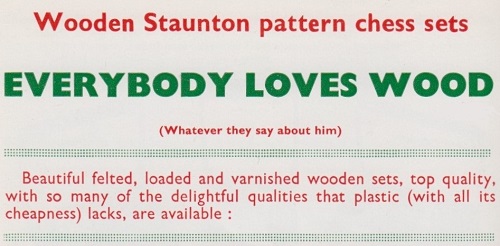
Among his books are : Easy Guide to Chess, Sutton Coldfield 1942 et seq; World Championship Candidates Tournament 1953, Sutton Coldfield 1954. “
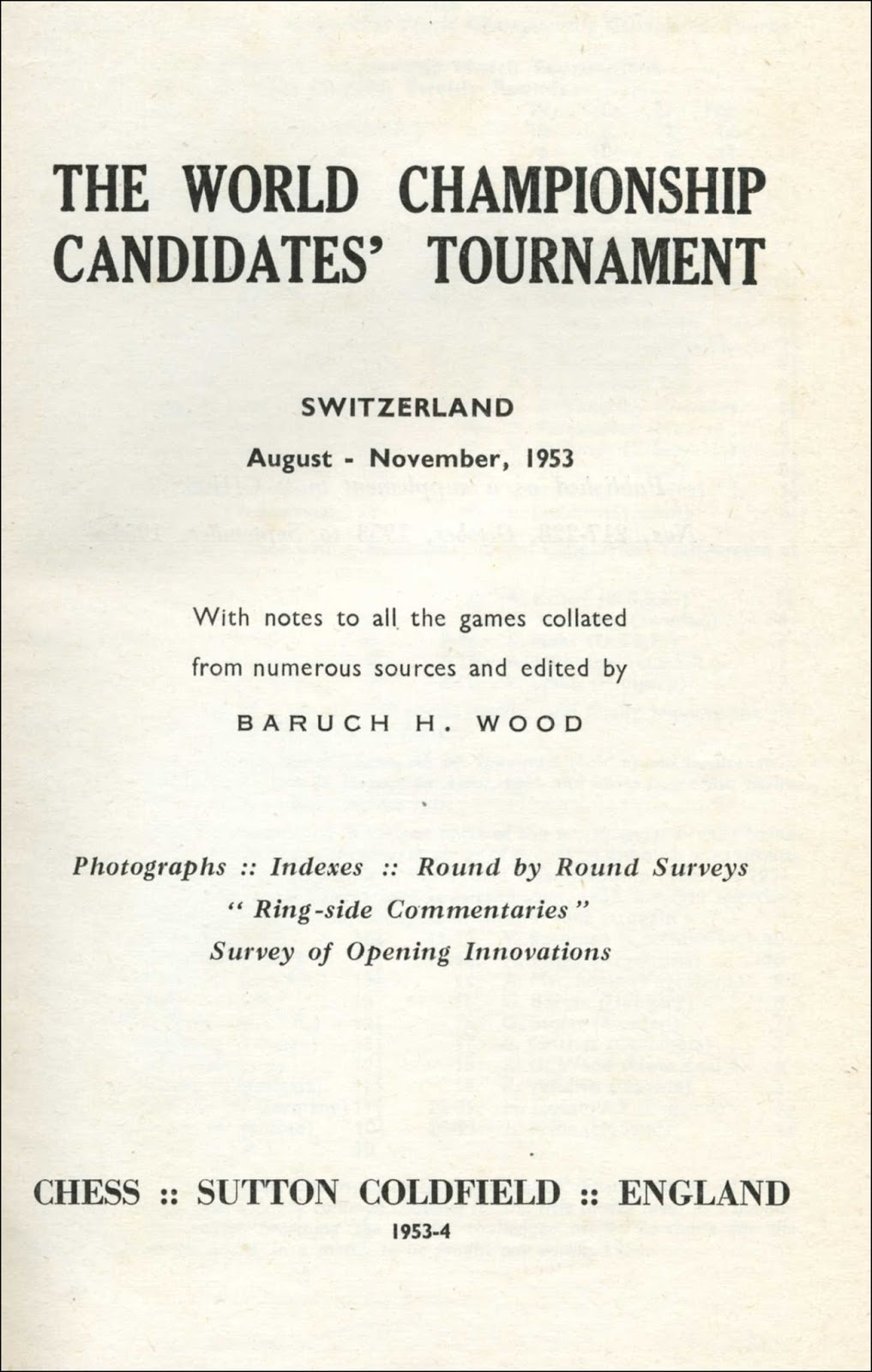
Here is the obituary from British Chess Magazine, Volume CIX (1989, 109), Number 5 (May), pages 210 – 211:
Baruch Harold Wood (13 viii 1909-4 iv 1989) popularly known as “B. H.” was a significant figure of the last fifty-odd years in British chess. His life touched practically all aspects of the game as player, both OTB and CC, magazine publisher and editor, organiser of club, congress and university chess, journalist . . . the list seems endless. In 1984 he was awarded the OBE for services to chess.
Born at Sheffield, which he sometimes used as an excuse when he was accused of stubbornness, (“It’s my Yorkshire blood, you know”) he was educated in North Wales (Friar’s School, and then University College, Bangor) and at Birmingham University.
He started his chess magazine at Sutton Coldfield in 1935 as an impecunious graduate who could not find suitable work in the Depression, and his lively style ensured that it was a beacon in British chess for fifty years to come! For many British chess fans he was “Mr Chess” yet it seems a miracle that he kept the magazine going in the difficult times when interest in the game was at a low ebb. He may well have subsidised it from his journalistic work (Birmingham Post, Illustrated London News and Daily Telegraph) and from his wartime work as manager of a chemical laboratory (“The first time I ever earned a decent salary”).
His duodenal ulcer prevented him doing military service, and later in life he suffered from failing eyesight and the inability to walk which resulted from his diabetes, not diagnosed till he had suffered from it for decades.
He worked a seven-day week on the magazine, and his wife who predeceased him was often unsure when he would be home such was his devotion to the work. At times he would take off for trips abroad or long simul tours through Britain while trying to keep the magazine on schedule.
One of his last long tours was in 1967 when he drove Botvinnik around the UK. The world champion was duly impressed by the work load and wrote a very favourable account of the trip, revealing incidentally that Barry was still paying off the mortgage on his large house in Rectory Road, Sutton Coldfield where the car was parked on the forecourt as the garage was the reserve storage for a large library of chess books! His ability to quote chemical formula from memory also impressed Botvinnik.
He brought up a family of four, all of whom were skilled players, apart, perhaps from the youngest boy. Daughter Peggy
was prominent in women’s chess and married Peter Clarke at the time of the Botvinnik visit. Elder sons Chris and Frank were of over-200 strength, but had seen too much of their father’s life at close hand to want to take over the business from him. He ultimately sold out to Pergamon in 1987 though negotiations had been started much earlier. It was probably too much of a wrench to let go until failing health left him with little alternative, but he described
the terms as very generous.
Barry was a gifted linguist who was welcome abroad for his un-English approach of having a go at the native tongue. As a player he was at his best in the late 1930s (a member of the 1939 Olympiad team in Buenos Aires) till the 1950s. He should really have won the 1948 British Championship when he had the enterprising idea of having Paul Schmidt as personal coach! Yet his tournament wins run on as late as Guernsey 1975 and he was playing in the First Division of the Birmingham League within a few weeks of his death. The flesh may have been weak but a great spirit kept him going to the end.
Shall we ever see his like again?
Julius Silverman former MP for Aston (Birmingham) writes: I am very sorry to learn of the death of Barry Wood. I knew him for about 55 years and I always found him a pleasant and interesting companion and a good friend. On the last few occasions that I have met him he seemed increasingly frail. I know that the death of his dear wife was a great blow to him.
Barry’s contribution to Chess in this country has been enormous and his passing is the end of an era in chess journalism.
Barry’s journalism and his imaginative editorship made Chess a fascinating journal which it was always a pleasure to read.
Its survival for well over 50 years was a unique achievement which required persistence and dedication. He has had many
hills to surmount.
One was “… the chess lawsuit of the Century …” (This ran for about two and a half years, ending in 1940 in a victory for the magazine on appeal, Ed). Jacques versus Chess which might have brought Chess to an end. I appeared for him as counsel. We won. I received a life subscription to Chess as part of my fee. My copy still comes to me regularly. I have never enjoyed a fee so much.
Here is the article in its original form:
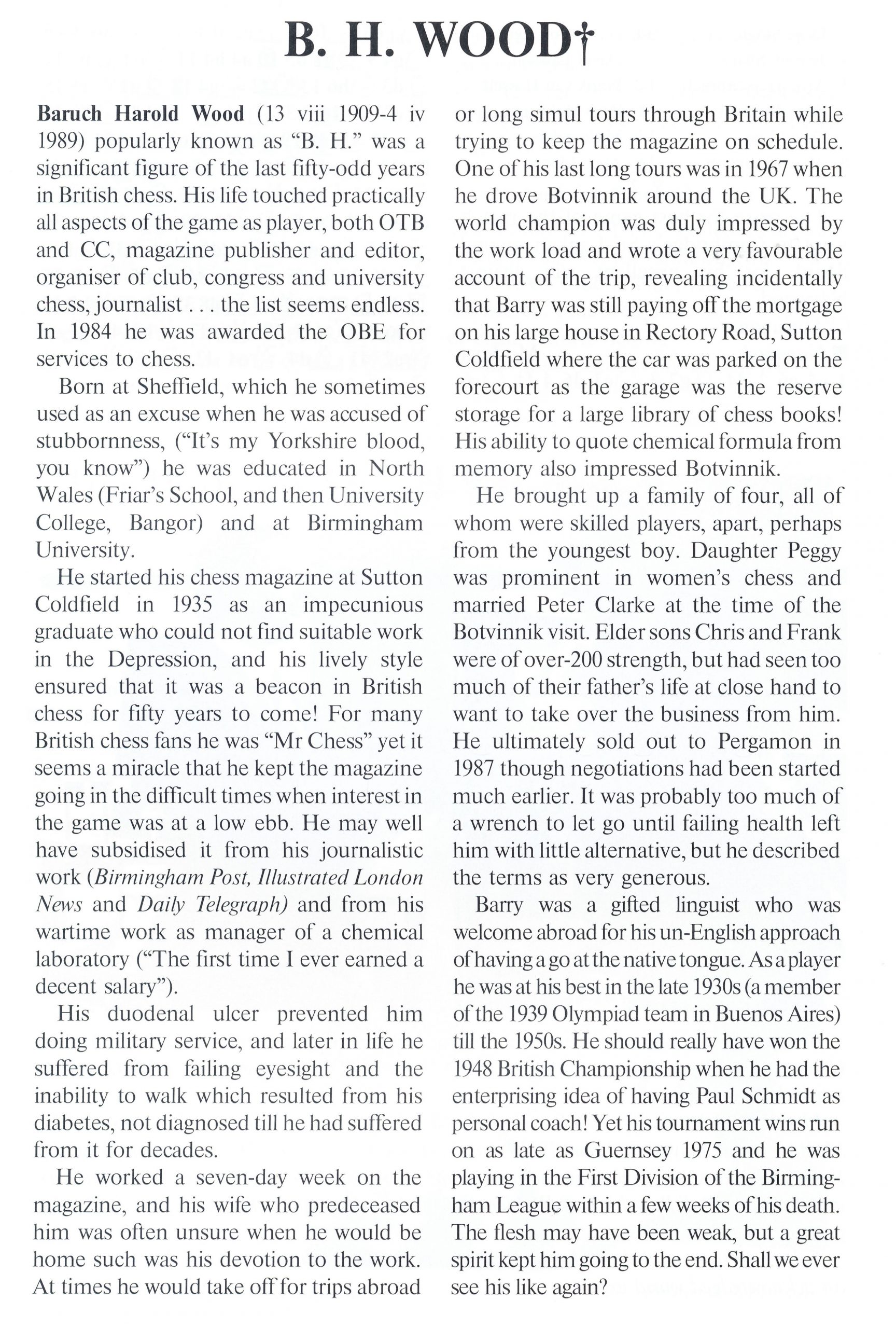
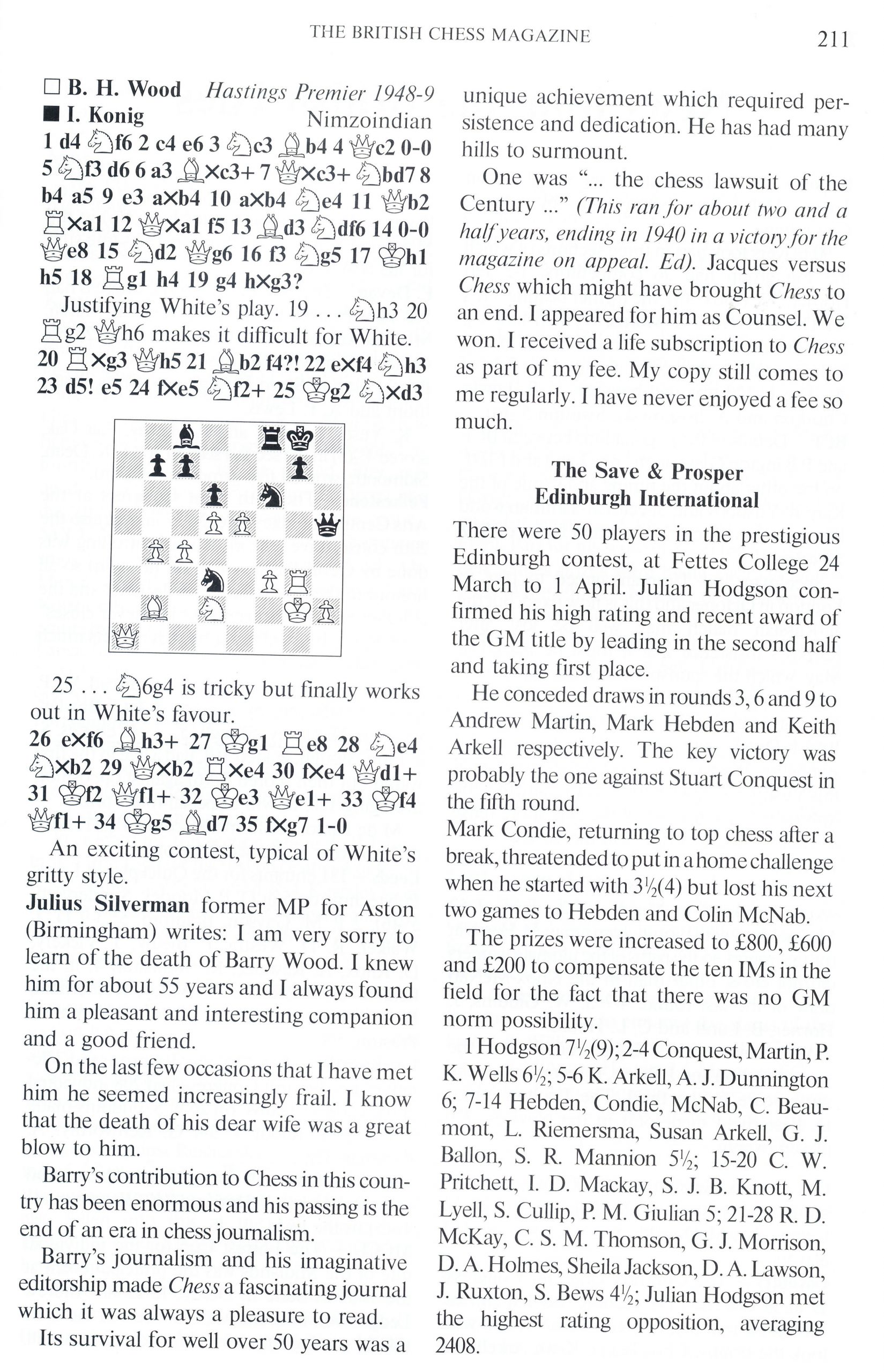
REMEMBERING BARRY WOOD (1909-1939)
by Bernard Cafferty
One of the most influential figures in British chess of the 20th century was B. H. Wood, whom I knew personally from 1951, and whom I played regularly, over a period of three decades, till l moved from Birmingham to Hastings in 1981. Here are some
memories of the man who was thought of by many in Britain as “Mr Chess”.
Born in Sheffield, Baruch Harold Wood had his secondary education in North Wales at the same grammar school as W Ritson
Morry who was later to become his Midlands colleague and bitter rival. BH always attributed his well-known stubbornness (he never resigned early) to “his Yorkshire blood”. Wood and Morry were to be students together at Birmingham University after BH gained his BSc in Wales. Then the pair faced the hard task of finding work in depression-struck mid-1930s England. BH founded his monthly magazine CHESS in 1935, an act of amazing optimism which only his great appetite for work could justify. The magazine was based in Sutton Coldfield, just north of Birmingham, at gloomy premises known as Masonic Buildings.
The early decades of this publication were marked by the outpouring of glorious journalism of a popular sort. The man’s love
of the game shone through his work and he recruited such contributors as the chatty Koltanowski and the prince of annotators
Alexander Alekhine. Later he became the long-serving columnist of the Birmingham Post, from 1949 of the weekly Illustrated London News, and even later of the Daily Telegraph. A feature of the magazine was its lively letters from readers which made for more interesting reading than the equivalent occasional letter to be found in the staid
BCM. The readers also made pertinent contributions to opening theory, especially in going through the 1946 MCO with a fine toothcomb and reporting their discoveries to Sutton Coldfield.
BH wrote a best-selling Easy Guide to Chess which went through several editions and was far more user-friendly than other primers on the market at the time. He also designed a luxury set, the Coldfield, and produced various chess clocks with new features. BH was a member of the BCF Olympiad side that played in the first part of the Buenos Aires Olympiad in the autumn of 1939. After the team’s withdrawal due to the outbreak of war, he stayed on in Argentina for a short while, taking part in a short tournament where he met the legendary Alekhine.
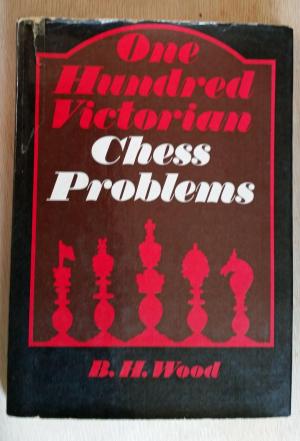
BH was married to Marjorie, a Birmingham primary school teacher, and had three sons and a daughter. The elder two boys,
Chris and Frank, were strong players but not Philip. His daughter Peggy was our leading girl player of the 1950s, and married Peter Clarke in 1962. One should note that BH was not Jewish, as many assumed from the name Baruch – he was generally addressed as Barry by his wife and close friends. Others called him just by the initials BH. Everyone in British chess knew exactly who you meant when you said BH. Many thought of him as a sharp business-man. In any event, the fearsome workload he shouldered meant that none of his children, seeing this at first hand, aspired to carry on the magazine as a family business. To many in the British chess community who had never seen top players in action, BH was their first contact with the wider chess world due to the exhausting simul tours he made to many clubs the length and breadth of the UK.
Later, he organized CHESS Festivals starting from 1953. These were our earliest open tournaments, held at attractive venues such as Cheltenham, Whitby, Eastbourne and Southport. These events created the opportunity for British amateurs to meet continental grandmaster opposition like Donner and O’Kelly. BH had great confidence in his ability – his MSc at Birmingham University was in chemistry, but in 1946-7 he started studying nuclear physics privately, telling Brian Reilly, who was employed by him at that time, that it was the science of the future. I have to simply marvel at this – where did he find the time? In his self-portrait in connection with the GB-USSR match of 1946 he revealed that he had been studying Russian privately with a view to taking an external degree in it at Birmingham University.
The post-war decade saw him at his most active. He was BCF delegate at early FIDE meetings post-1946, the period that saw the mighty Soviet Union admitted to membership in 1947. BH was instrumental in maintaining Spain’s membership of FIDE at the same time, despite Soviet opposition to Franco’s fascism. He claimed to me he was always a most welcome guest in Spain thereafter.
BH had been exempt from military service due to a duodenal ulcer. He spent the war keeping the magazine alive in his spare time as he was put in charge of a research laboratory at the Birmingham Chemical Company. During the war the government had the power under emergency legislation to direct citizens into any sort of work that would contribute to the war effort. His comment to me on that intensive period was: “It was the first time I ever drew a decent salary”. After a short spell as BCF FIDE delegate, he fell out with the ruling body in the early 1950s. His view was that the national body was ultra-conservative and not open to fresh ideas such as the knockout championship open to all which he organised in 1949-50. Lo and behold, a few months later the BCF started organising regional competitions to arrange for qualification for the British Championship! BH often criticised the BCF in his magazine. In June 1950 he wrote the first of a planned series of articles on the evergreen theme “Where is British Chess Going?” and forwarded a copy to the BCF just before publication. The BCF legal eagle Professor Wheatcroft immediately threatened to take out an injunction, so putting the frighteners on the printers. Rather than delay the July issue (not that subscribers were not used to a rather irregular schedule!), BH brought out the issue with white space, on two pages, a dramatic way of alerting the readers to the dispute. The promised articles, which he said would appear after the dispute was settled, never appeared.
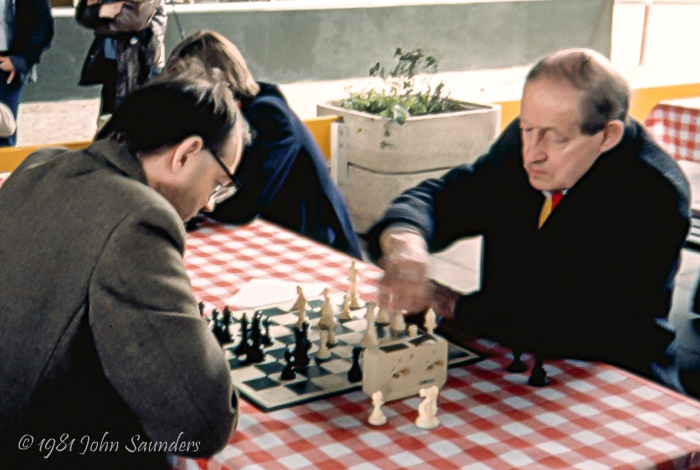
There were also tensions with BCF figures like Alexander and Golombek, in the latter case probably due to professional rivalry and Harry G’s identification with the BCM. Another prominent figure with whom BH crossed swords was the flamboyant Liverpool barrister Gerald Abrahams who threatened to sue over a report in CHESS of gambling debts incurred “on the turf’.
BH was no stranger to litigation. For example he had had a lawsuit with Jaques culminating in 1940 over the use of the term
“genuine Staunton-pattern sets” in his advertising. The case was initially lost, a potentially crippling blow, but then won on appeal with the aid of solicitor Julius Silverman (later a prominent Birmingham MP), Ritson Morry, Sir George Thomas and
other well-wishers. When Wood-Morry hostility was at its height in the early 1950s over pro- and anti-BCF views, BH drew attention in a letter to a Welsh chess organiser to Ritson’s short period in jail. The uncomplimentary term ‘gaolbird’ was used. A court case followed which the penurious Ritson, having been struck off as a solicitor could hardly afford, yet BH was cleared on the defence of justification. My fellow students and I at Birmingham University could only marvel at the daily press reports on the wrangles between two of our patrons whom we had feted at a celebratory dinner only a short while before.
Here is the point at which to mention BH’s support for chess in the universities. He was the long-time President of the
BUCA (British Universities’ Chess Association) and turned up at many of their events with support. He loaned equipment in the early days when not every chess club had sufficient clocks for a match – bear in mind that the austerity period in Britain lasted for years after 1945. BH also supported correspondence chess, being the founder of the Postal Chess League, a team event very popular in its day but now defunct.
BH’s best playing performance was the British Championship of 1948 when he came second to Broadbent. The Midlander had actually started with 6.5 points from seven games, but the unsatisfactory position arose that he had to meet Broadbent in the last round when each had an adjourned game still to finish off.
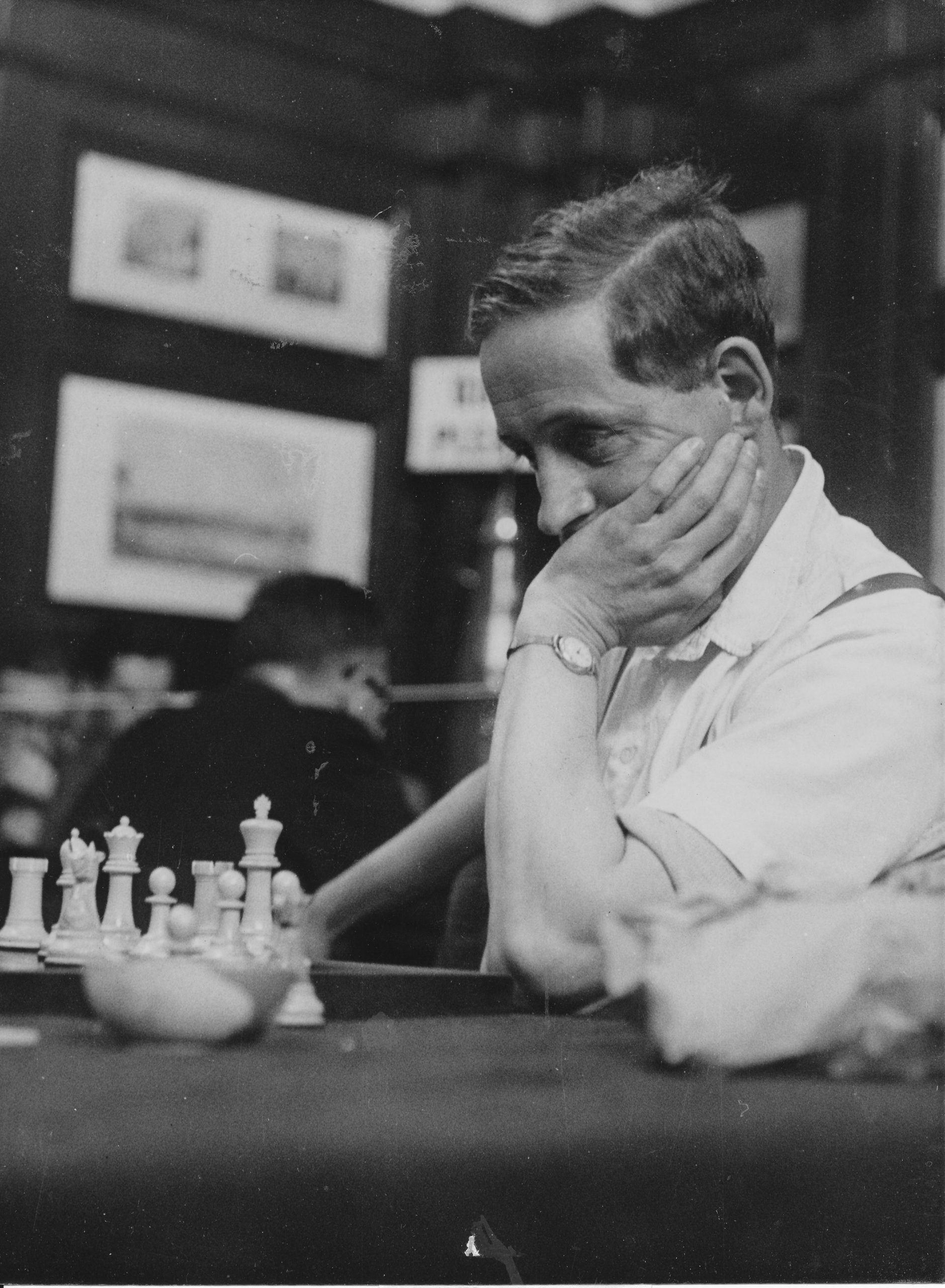
The tension got to BH, he missed a clear winning chance against the Northerner and lost. Yet he should really have taken the title on the merits of the positions he had achieved. His rivals resented the fact that he had hired a second, namely Paul Schmidt, the Estonian player who was once thought of as almost as good as Keres in his native land. Schmidt had won the German Championship during the war in 1941. The British amateurs of 1948 were not impressed by this intrusion of professionalism and the importation of someone who carried the taint of possible Nazism. According to Brian Reilly, Gerald Abrahams was particularly scathing.
BH made a good impression on Botvinnik when the latter stayed at the Wood residence in Rectory Road, Sutton Coldfield, in 1967 (the reference for those who can read Russian is Baturinsky’s “…Tvorchestvo” trilogy on Botvinnik. The article was entitled: Albion shakhmatny i inoy. It appears on pp435 -448 of the third volume. A shortened version appears in English in Botvinnik’s autobiography Achieving the Aim). When I drew BH’s attention to the article and its peculiar title he responded with his usual erudite comment: ‘Albion? Yes, that’s the Roman reference to the white cliffs of Dover”. For most Brummies, “The Albion” did not mean a local pub, but rather the West Bromwich Albion football team!
In theory, the communist Botvinnik should have been distant from his host, the Midlands entrepreneur and business man, who drove him round to his engagements in Britain for three weeks, but their common love of chess triumphed over ideological
differences. In particular, the speed of production of CHESS, now on its own presses, was compared very favourably by the Soviet Patriarch to that of Shakhmaty v SSSR. British trade unions had a different view of course, in pre-Thatcher days, and BH had some tricky obstacles to overcome in this field. The Muscovite Botvinnik recorded the fact that the garage of BH’s large house was full of chess books (as were various rooms – to the abiding despair of Marjorie), so the family car was always parked outside on the drive. BH revealed to Botvinnik that he had not been able pay off his mortgage for decades due to the variable cash flow from his business and journalism.
BH was in love with study as a young man, he once told me, and he had a facility in various European languages, which made him always welcome abroad. Over the years, BH had a number of employees who were strong players, such as Brian Reilly, Owen Hindle and Robert Bellin, but none of them lasted long. Owen Hindle, a person of placid temperament, stuck it out the longest, but even he had his patience tried by the ‘boss’. One cannot hide the fact that BH was a controversial figure – perhaps the clue after all is that reference to his stubbornness and Yorkshire blood? I contributed to his magazine for many years, but certainly never wanted to work for him full-time!
I used to see BH in the last decade of his life only in the Hastings press room. For his age, he still took on a fantastic workload. Peter Clarke once commented that his father-in-law gave the impression of believing he would live for ever. Finally, Anno Domini told and BH sold his business to Robert Maxwell of Pergamon fame/notoriety in 1988.
In his final year, BH suffered from diabetes, and the resulting inability to walk meant he was confined to a wheelchair, but he still insisted on visiting Hastings one last time, where, in his prime, he had specialised in taking away Premier score sheets. Often they were taken not just to his hotel room, but even back to Sutton Coldfield, so hindering the work of other chess journalists unless Ritson or later, Peter Griffiths had got in first to create the bulletin.
What a character! We lack such a colourful figure nowadays. Where he still alive today, I imagine he would still be trying to put a bomb under the BCF.
From Chess Explorations (Cadogan Chess, 1996) by Edward Winter we have further detail on the Jaques court case:
“Paul Timson, a lawyer, sends us reports on two legal cases connected with chess. In 1939 B.H.Wood found himself in the dock for having advertised for sale in CHESS in 1937 ‘genuine Staunton chessmen’. The plaintiffs were John Jaques & Son, Ltd. Sir George Thomas., Max Euwe and Lodewijk Prins appeared as witnesses for the defence. The case is referred to by Fred Wren in his article ‘Tales of a Woodpusher: Woodpusher’s Woodpile’, which appeared in Chess Review, 1949 and was reprinted in Reinfeld’s The Treasury of Chess Lore. The issues of CHESS of the time also contained a huge amount of material on the case. The decision was that ‘Staunton’ alone was permissible description, but that the phrase ‘genuine Staunton’ implied a product made by Jaques & Son Ltd., as opposed to any Staunton pattern. However, B.H. Wood appealed and, in 1940, won.”
If you can get access then we recommend the eleven-page “B.H. Wood and his chess playing family” article in the August-2009 issue of Chess Monthly written by his son Chris Wood (helped by brother Frank).
Likewise The Chess Lawsuit of the Century is detailed in CHESS, volume 52, Number 1018, pp.392 – 394 by BHW himself.
Here is an obituary from the MCCU
Background information from Sutton Coldfield Chess Club
Barry Wood. A Personal Memory from Neil Blackburn (aka SimaginFan)
Alekhine’s Articles for CHESS by Michael Clapham
Here is his Wikipedia entry.
Download a pdf version of the 1st issue of CHESS
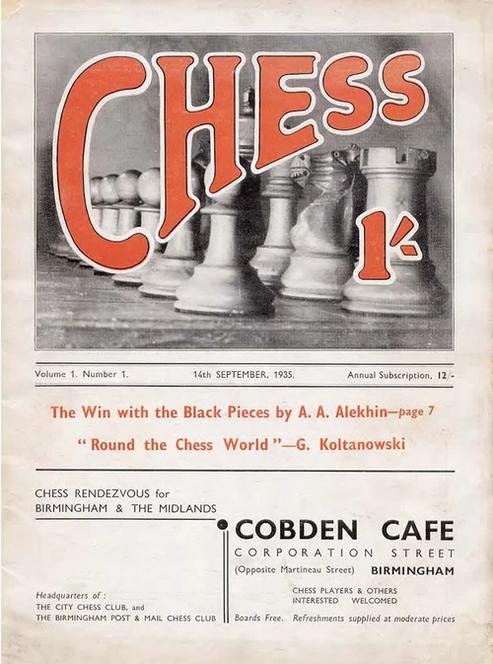
Happy Birthday IM Geoffrey W Lawton (04-iv-1960)
Geoff became an International Master in 1984. His peak rating according to Felice was 2407 in July 2003 at the age of 43.
He won the Maidenhead Open in 1995 with 5/5 and TPR of 2685.
Here are his games from chessgames.com
He has plus scores with the following notable players : Stuart Conquest, Mark Condie, John Nicholson, Jon Cox, Colin McNab, Julian Hodgon, Paul Littlewood, David Cummins and Vaidyanathan Ravikumar amongst others.
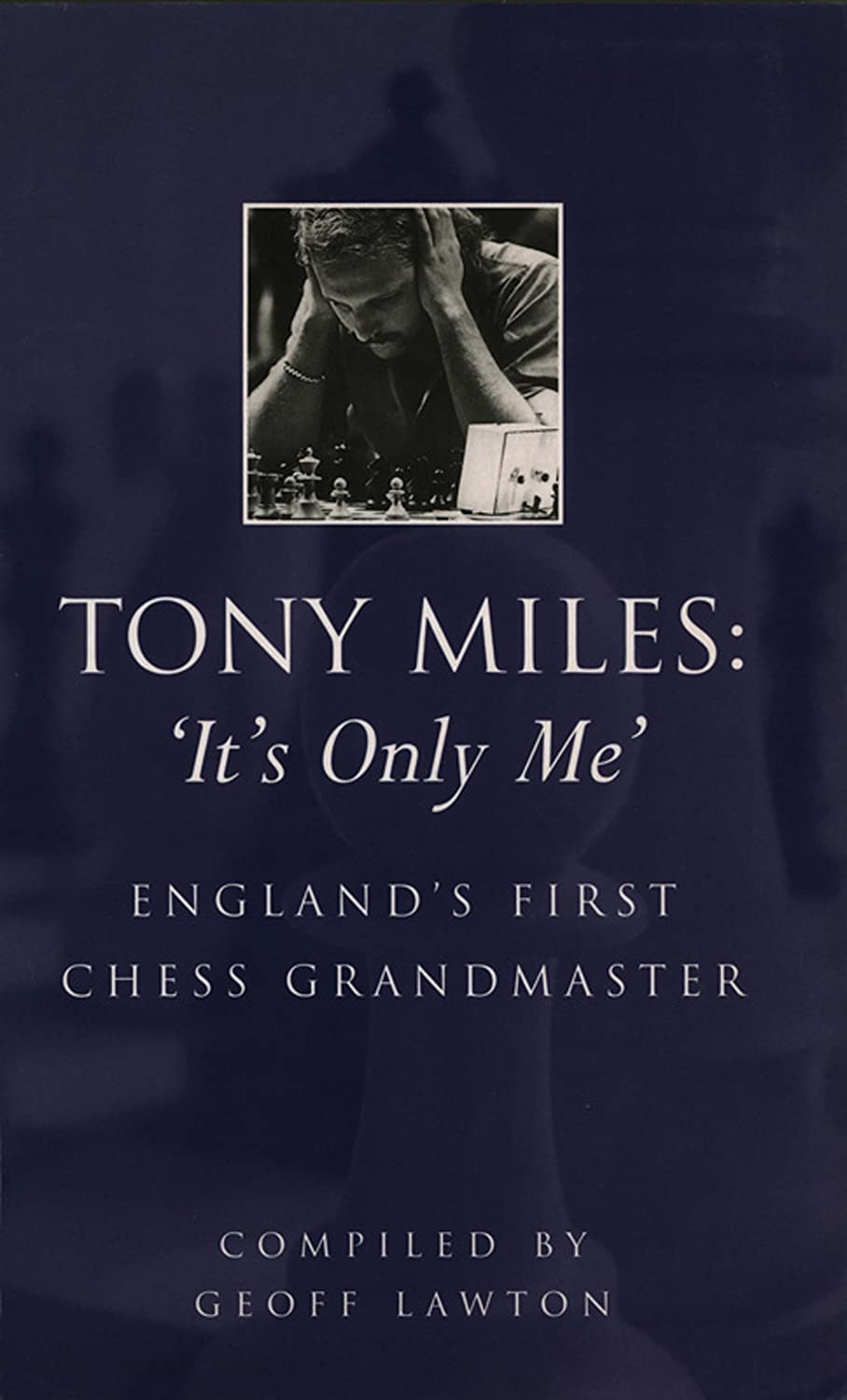
Happy Birthday IM Miroslav Houska (02-iv-1978)
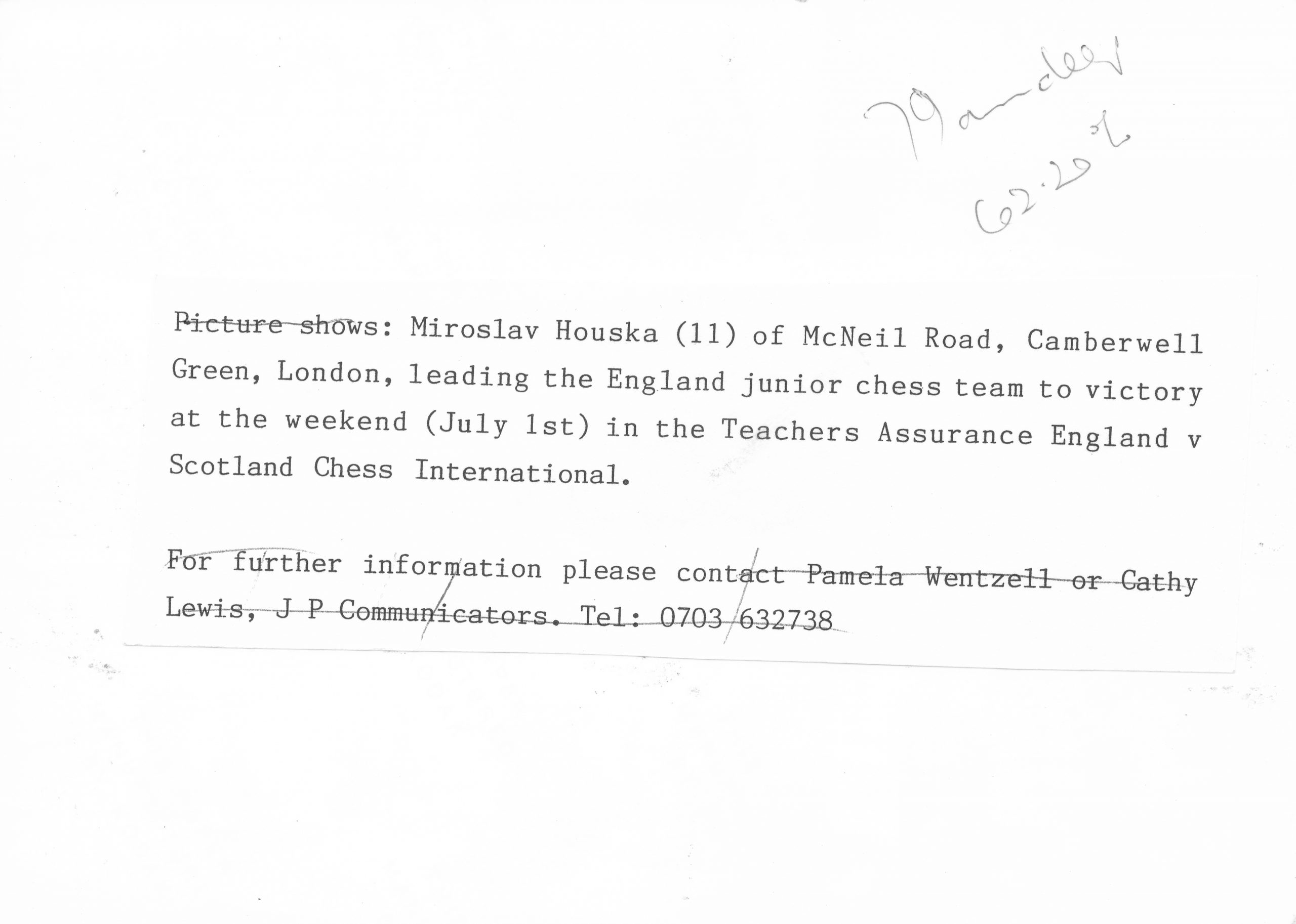
Miroslav gained his International Master title in 1998 and his peak rating according to Felice was 2385 in January of 1998, aged 20.
Here are his games on chessgames.com
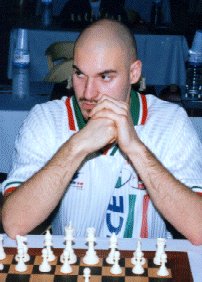
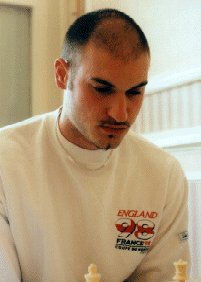
Remembering Frederick Forrest Lawrie Alexander (13-xi-1879 01-iv-1965)
Interesting article from Woodseats Library
Here is an article from the Chess Composers Blog
He was seven times champion of Battersea Chess Club
The Surrey County Chess Association has The Alexander Trophy as one of its main awards : is it awarded for the top knockout competition.
Here is some history of the trophy from Surbiton Chess Club
Here are a handful of his games from chessgames.com and here is what chessgames.com has to say about FFLA :
“Frederick Forrest Lawrie Alexander played in the 1932 British Championship, but with little success. At age 70, playing at the 1950 Southsea tournament, he shocked the pundits by defeating Efim Bogoljubov and Harry Golombek.”
Here is more detail and photographs of the Alexander Cup from Britbase / John Saunders